Aim for developing a world-renowned stopwatch.
The challenge began in the 1960s.
Seiko has been the official timekeeper of many international competitions. Its history goes back to 1960, when the company decided to take on the challenge of developing “a world-class stopwatch” under the direction of Shoji Hattori, the president of K. Hattori (now Seiko Group). And to this day, Seiko has been leveraging its technology to support the great moments in sports. Seiko’s efforts in taking on that challenge back in those days led to a dramatic evolution in the legibility, accuracy, and functionality of its stopwatches that is still evident in our current designs.
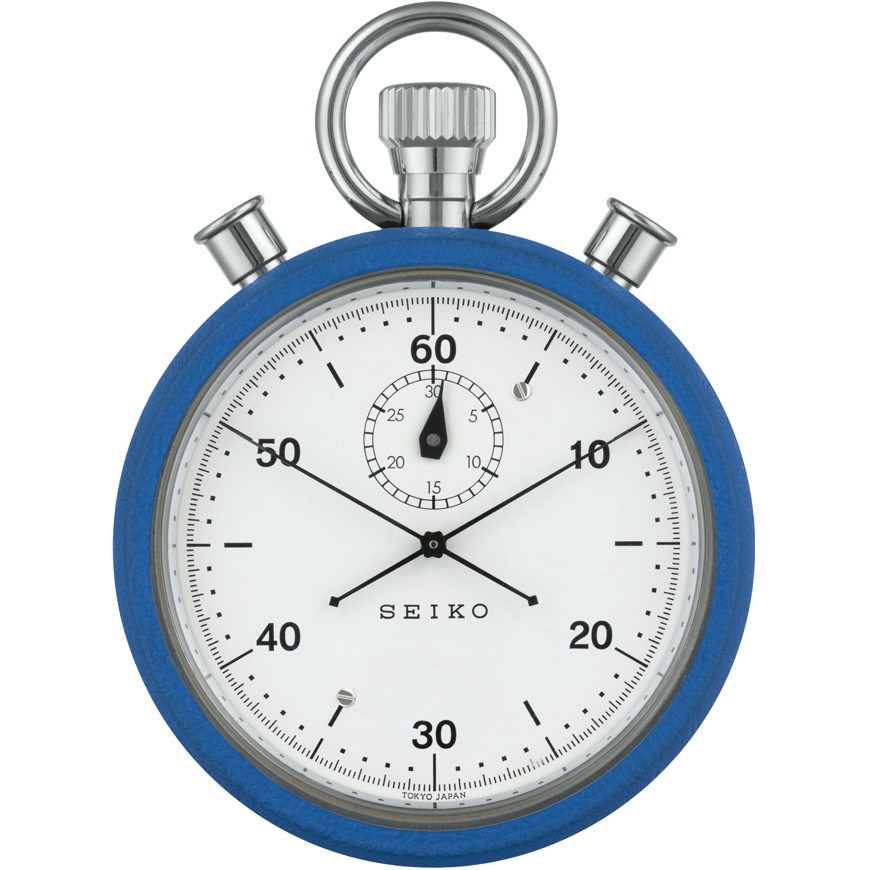
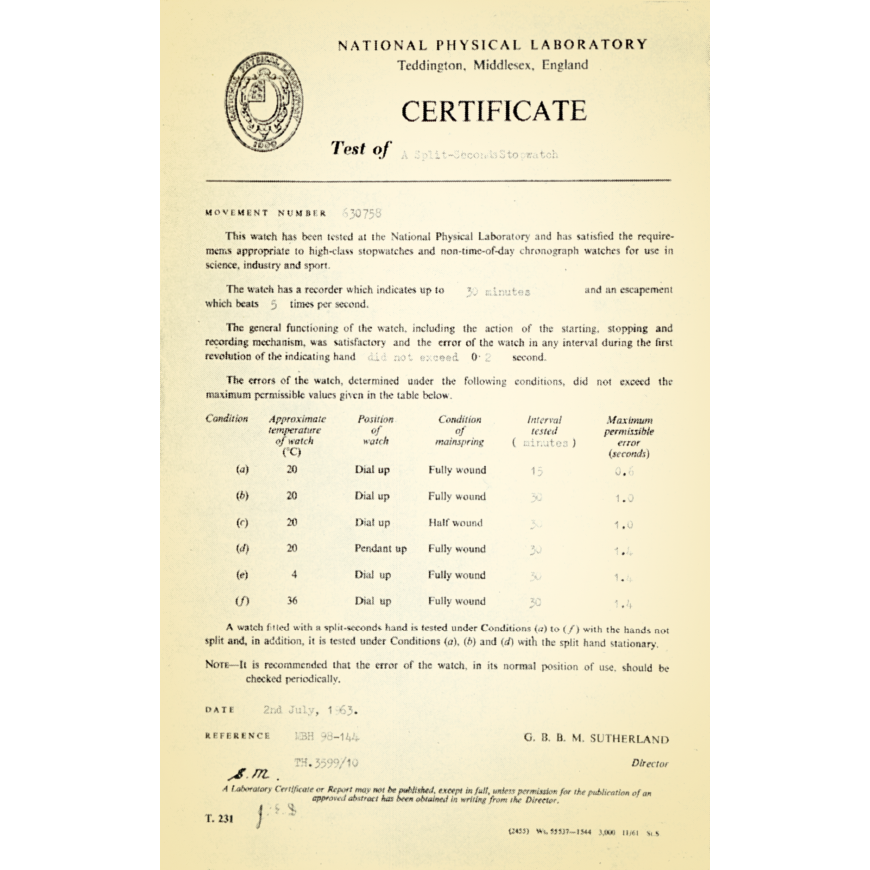
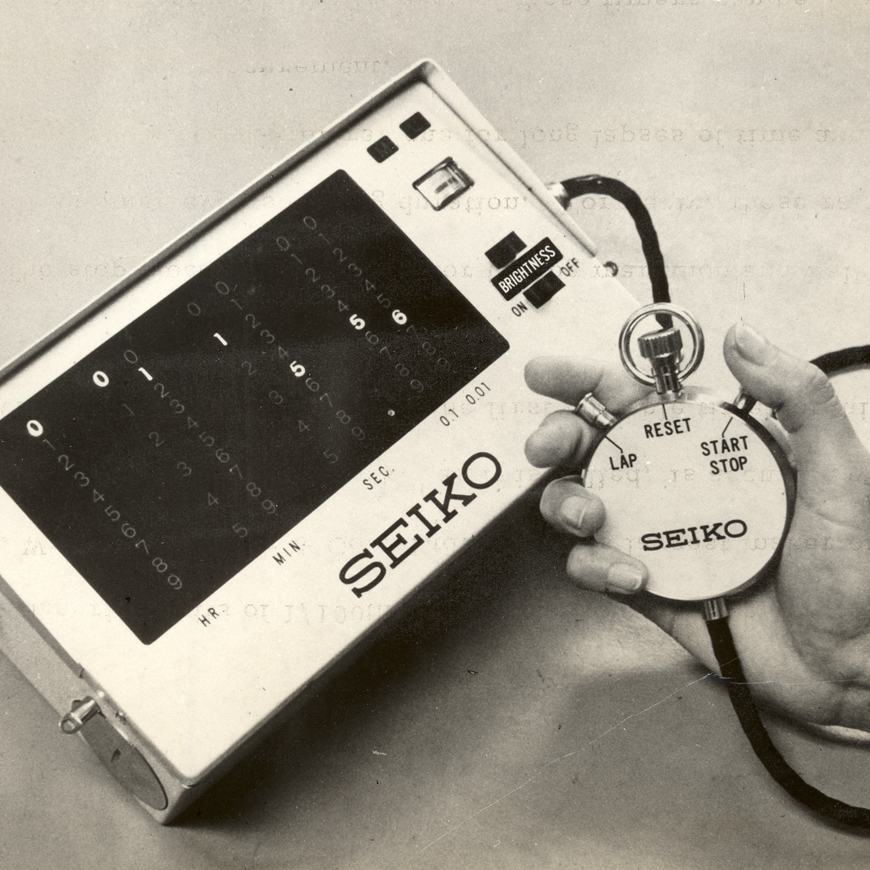
A stopwatch with a heart-shaped cam mechanism developed in pursuit of error-free timing.
Unlike today, back in those days timing was manual. Errors were inevitable, and so an official time was determined by averaging the values measured by several timekeepers. However, based on the hypothesis that errors are caused by mechanical issues, not timekeepers—research was carried out and a new heart-shaped cam mechanism was created. The addition of a heart-shaped cam to the balance wheel (which plays the role of a pendulum in a watch) achieved both the consistent positioning of the balance wheel at the start of timing and accurate rounding of time measurements. This created an immediate improvement in timing accuracy.
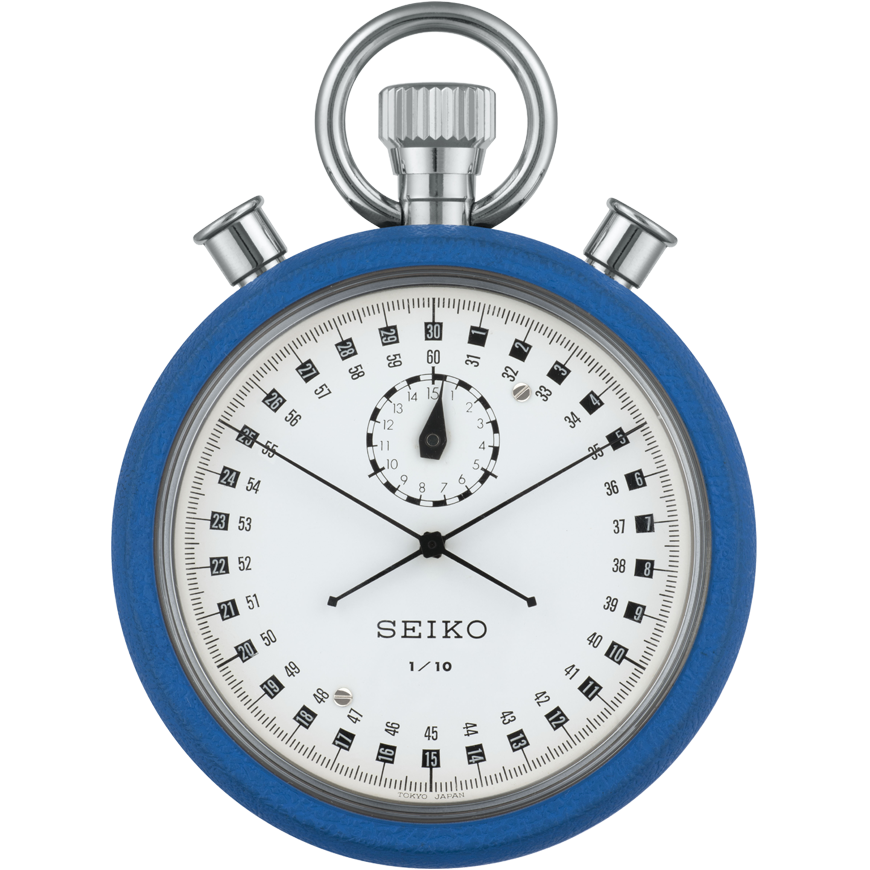
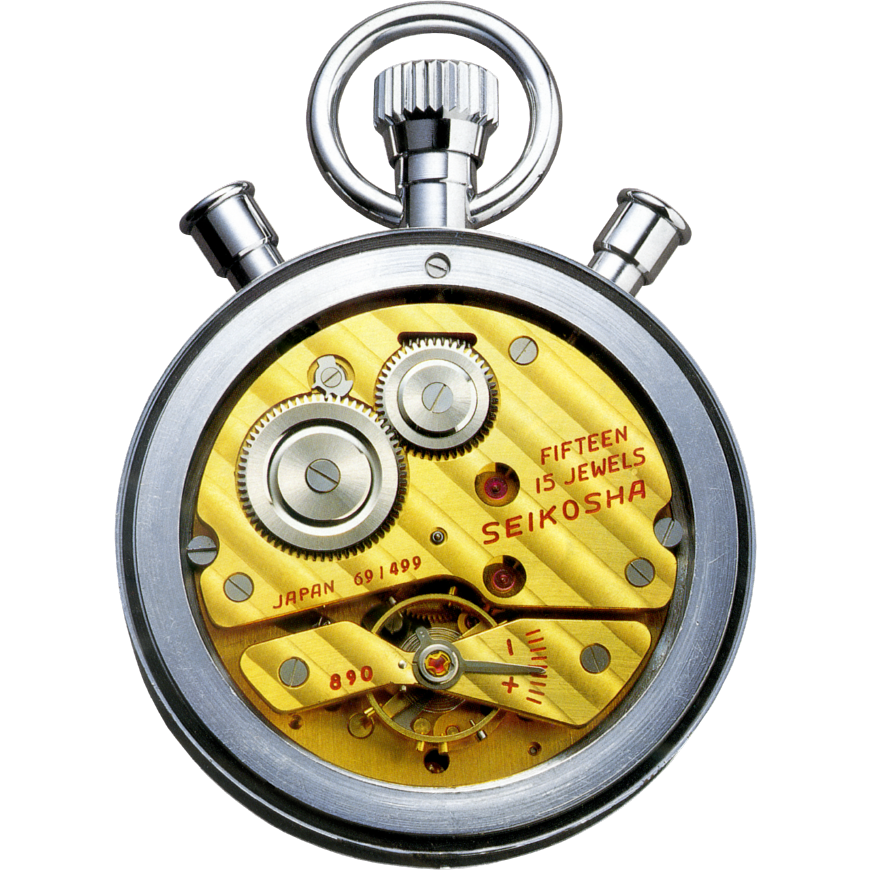
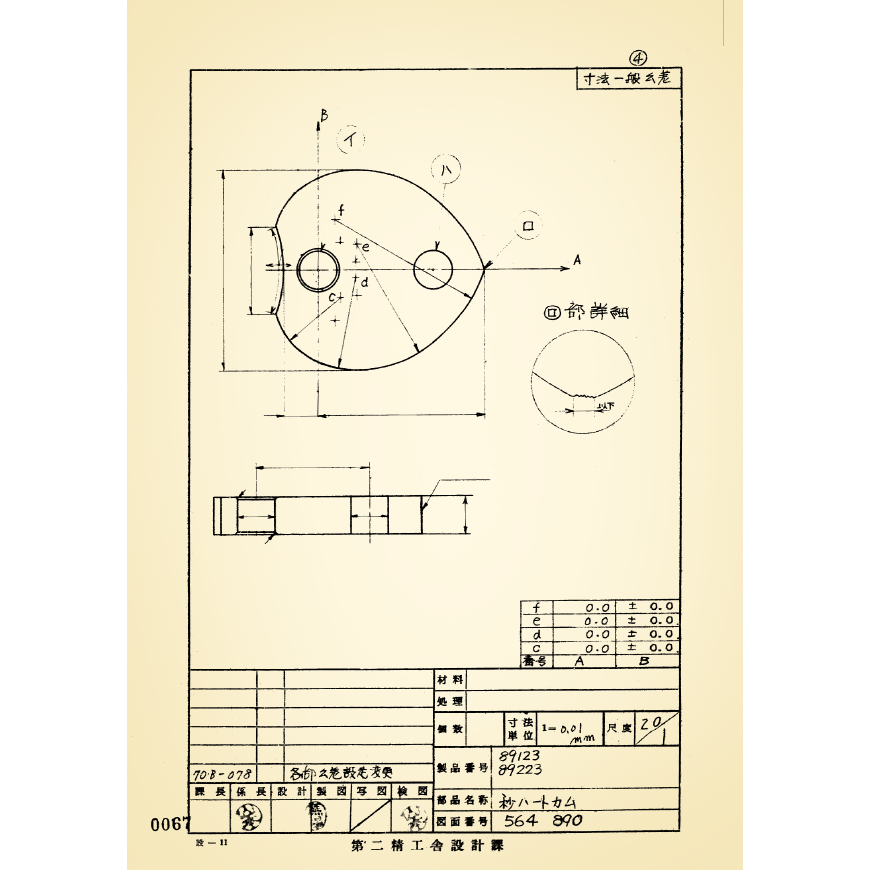
The color scheme, typeface, and shapes of the case and the hands…
All are designed for legibility.
When taking a look at the design features, we can see the designers’ vigorous pursuit of legibility. The Arabic numerals are printed in black on the white dial, and the Sans Serif typeface is extremely easy to read. The rim of the case is very thin, assuming that the designers have intended to enlarge the display area as much as possible. In order to make it easier to read the time accurately, the second hand is stretched to the edge of the dial and the tip of the hand is slightly bent down toward the dial. This reduces the distance between the hand and indexes and makes the measured value easy to read.
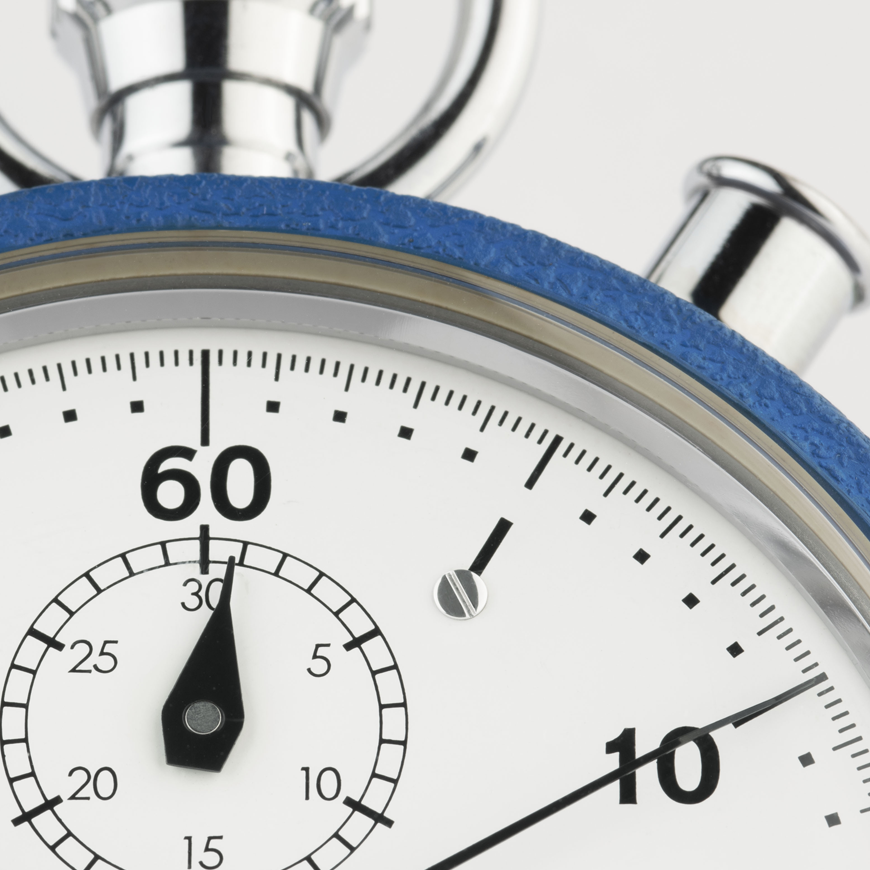
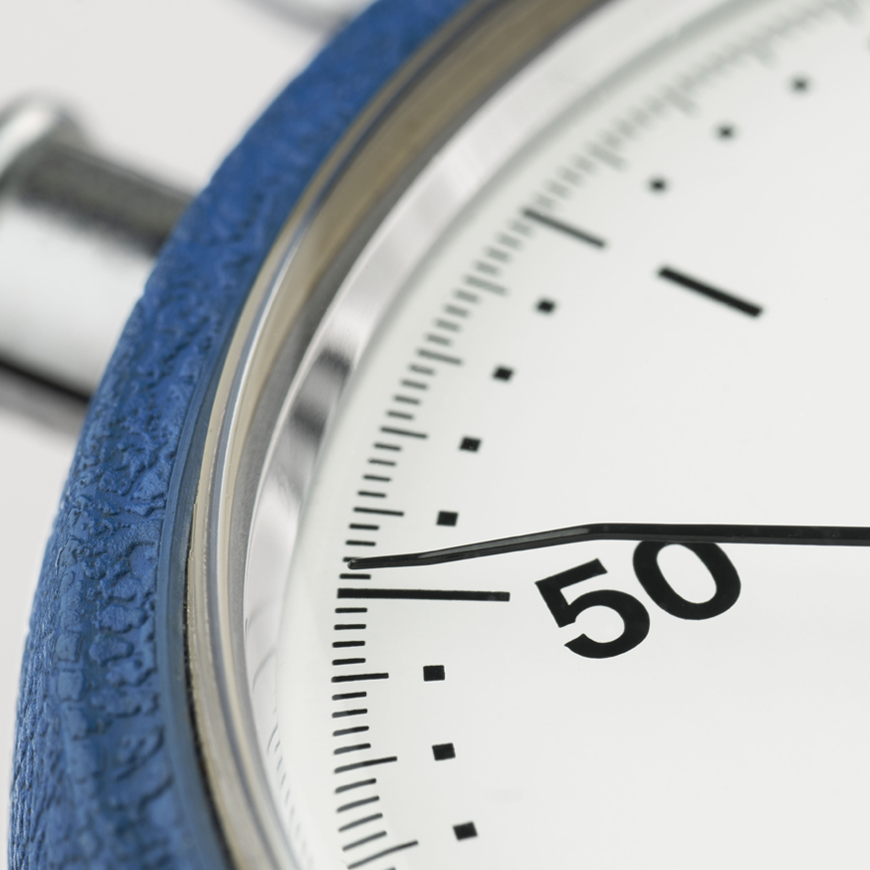
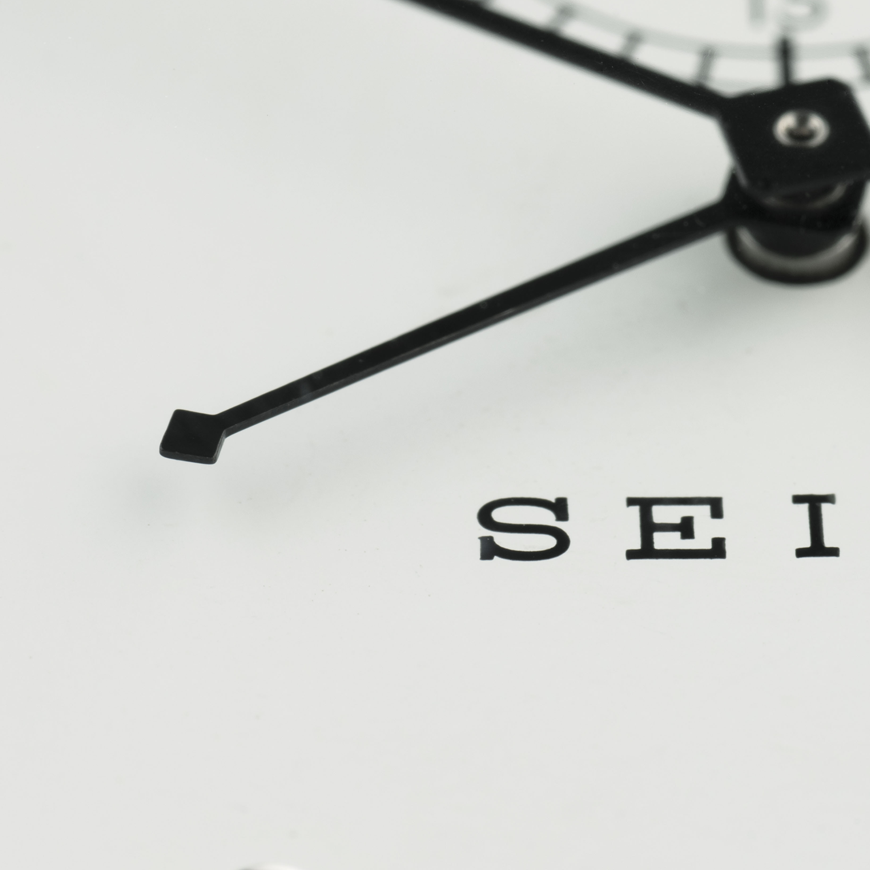
The products created by the pursuit of timing devices. The products developed by inheriting that legacy.
Since Seiko set out to create a world-renowned stopwatch in 1960, the company made repeated trial and error over the course of three years. As a result, for the important sports festival held in 1964, in addition to the nine stopwatches, Seiko also developed a total of 1,278 timing devices of 36 types necessary for recording times, judging finishing orders, and displaying the results to spectators. Even today, after more than half a century has passed, the technology and design concepts cultivated through the development of those timing devices are still utilized in Seiko’s designs from time to time.
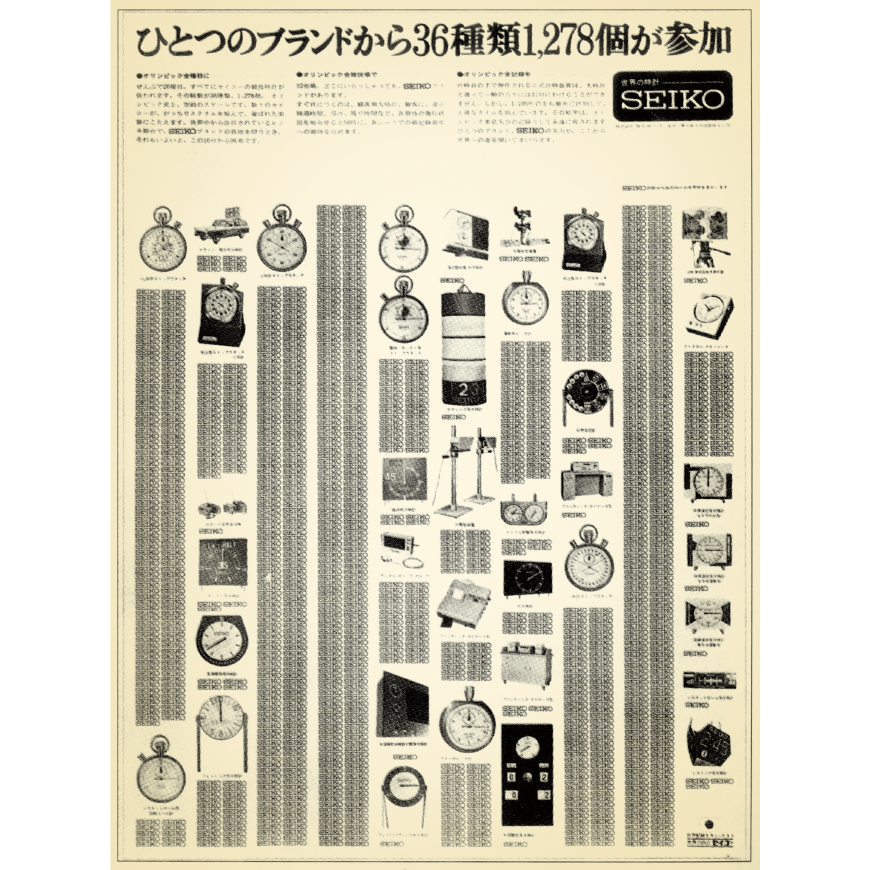
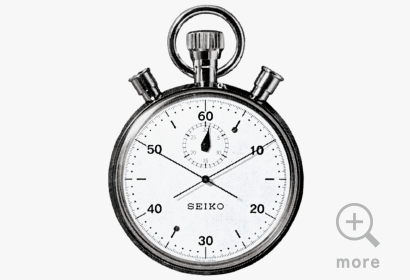
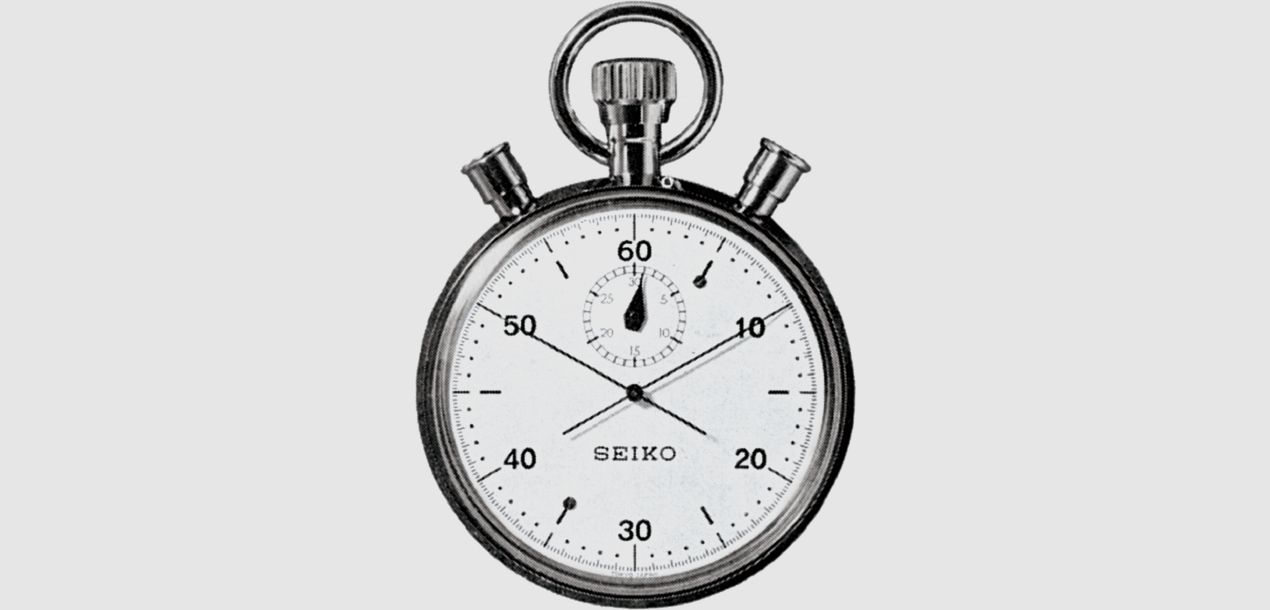
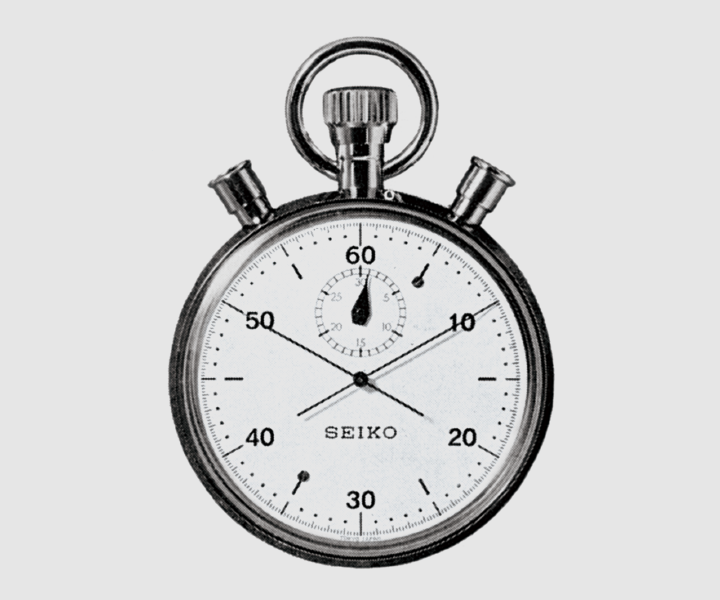
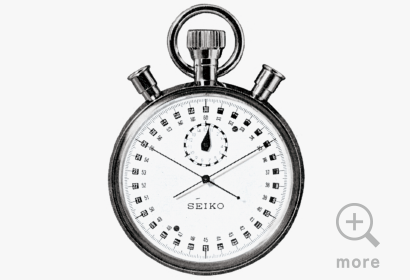
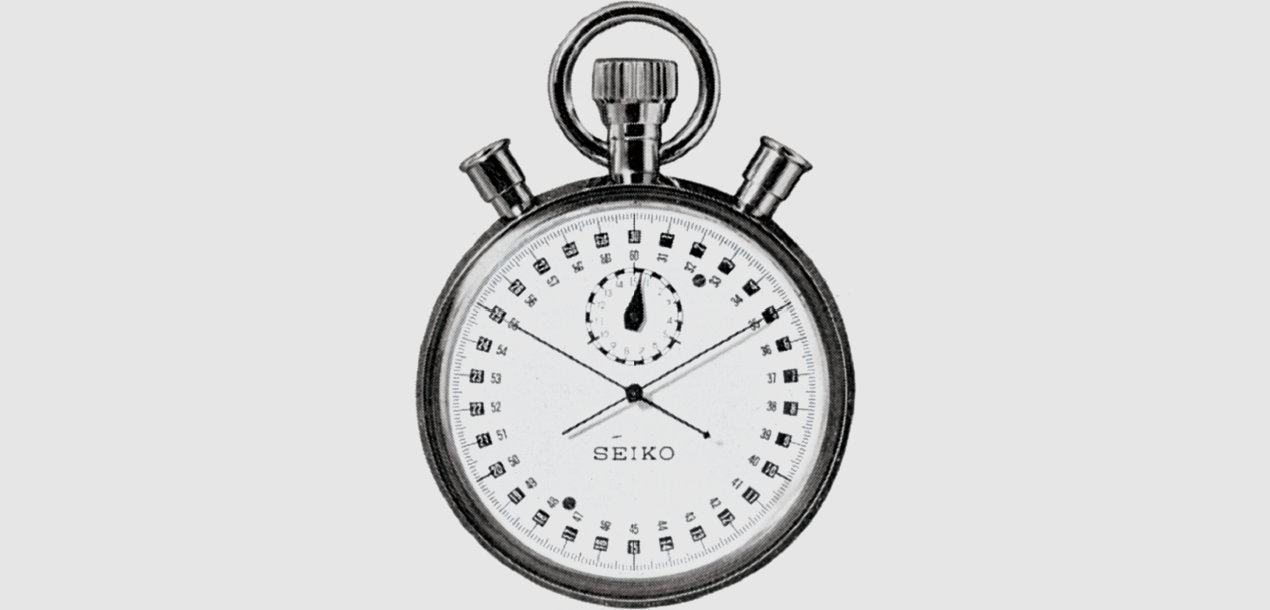
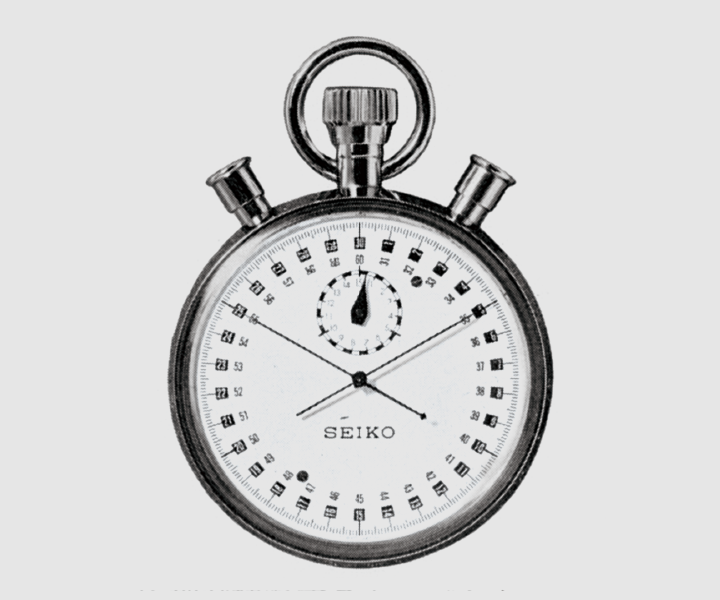
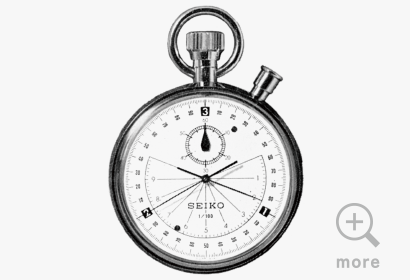
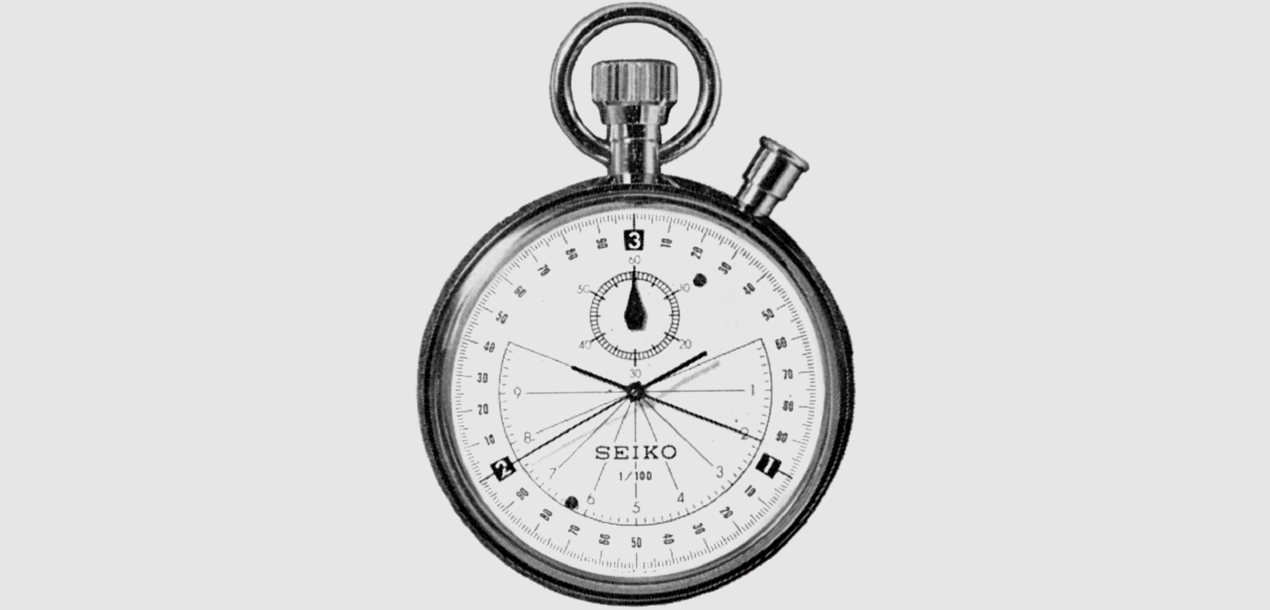
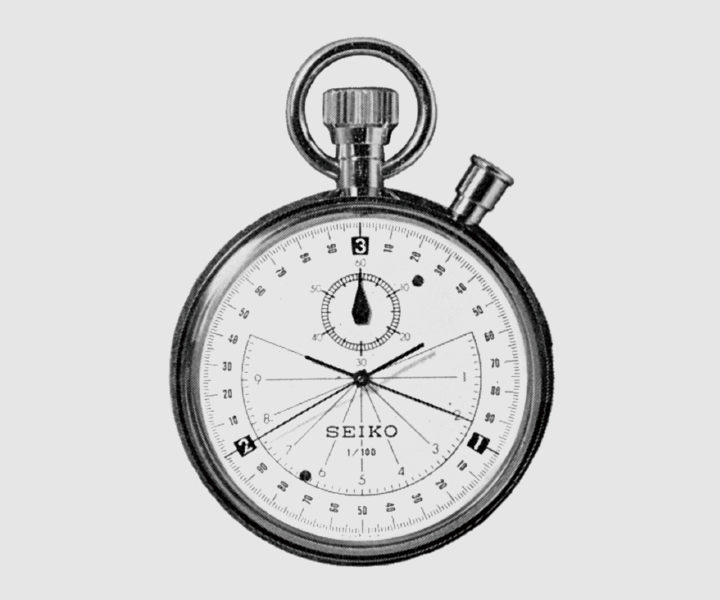
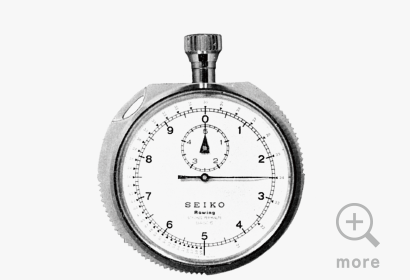
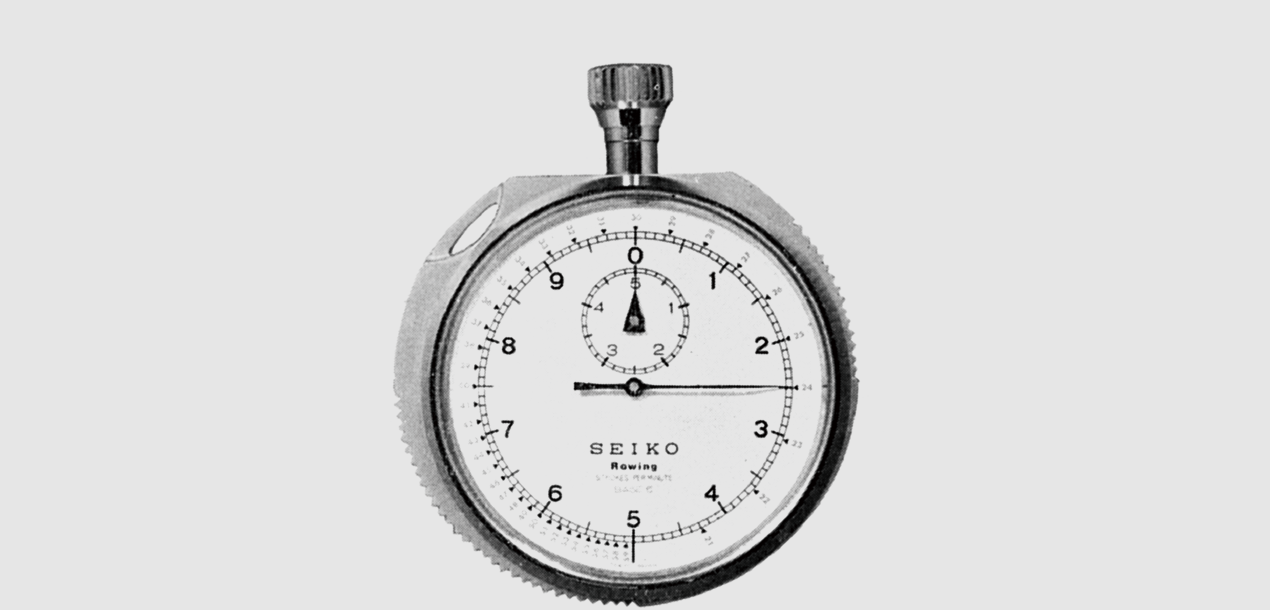
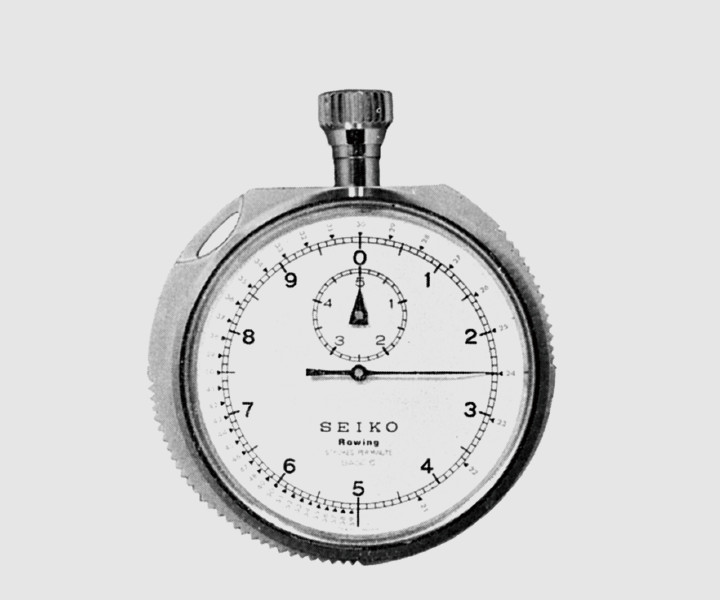
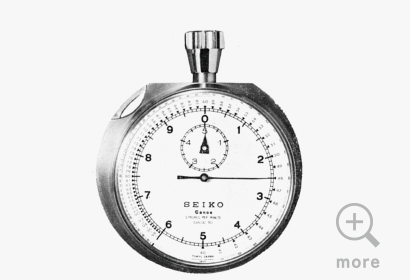
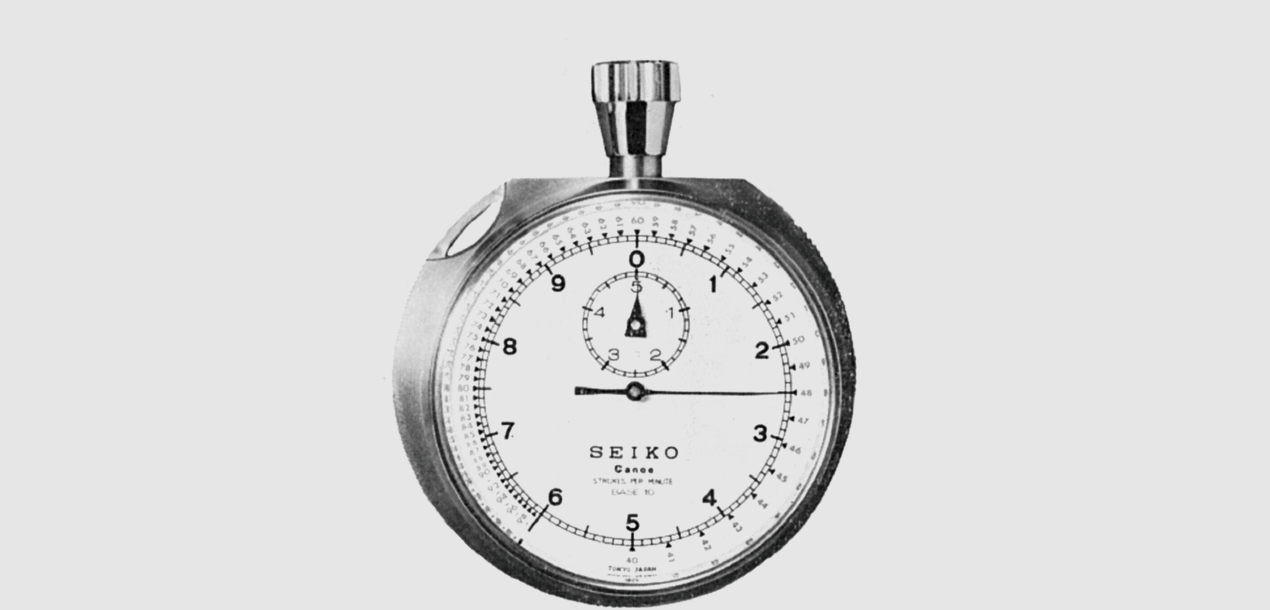
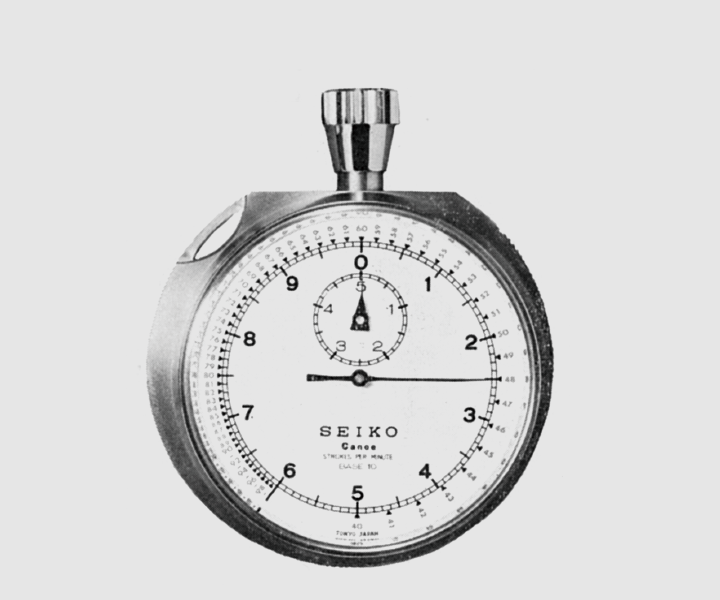
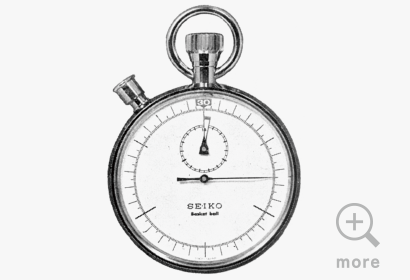
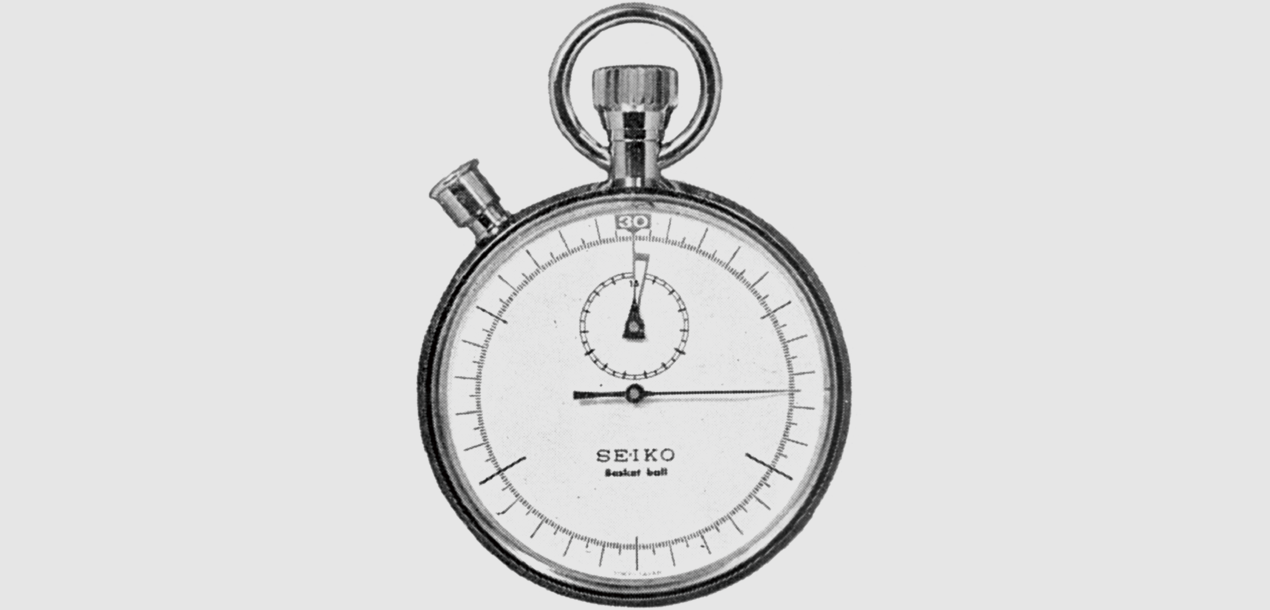
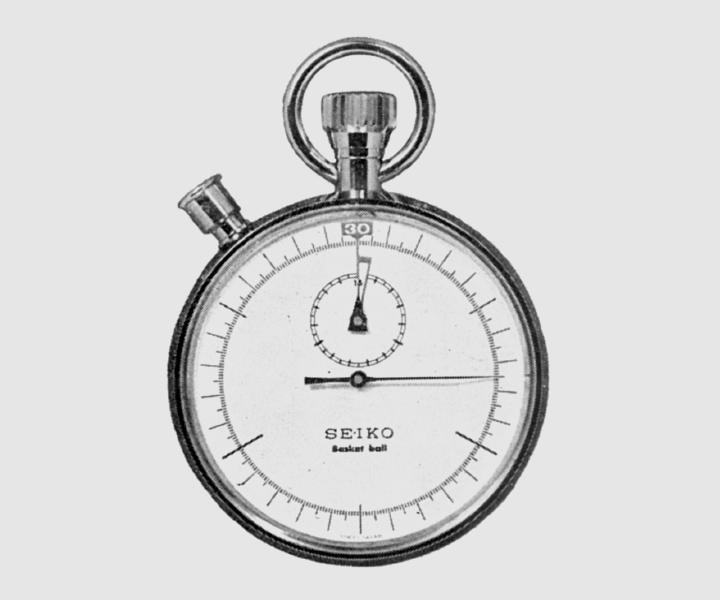
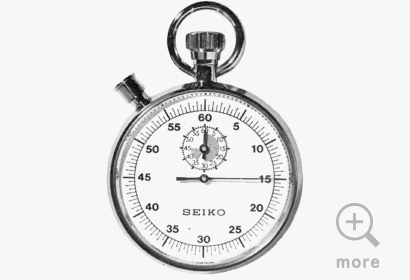
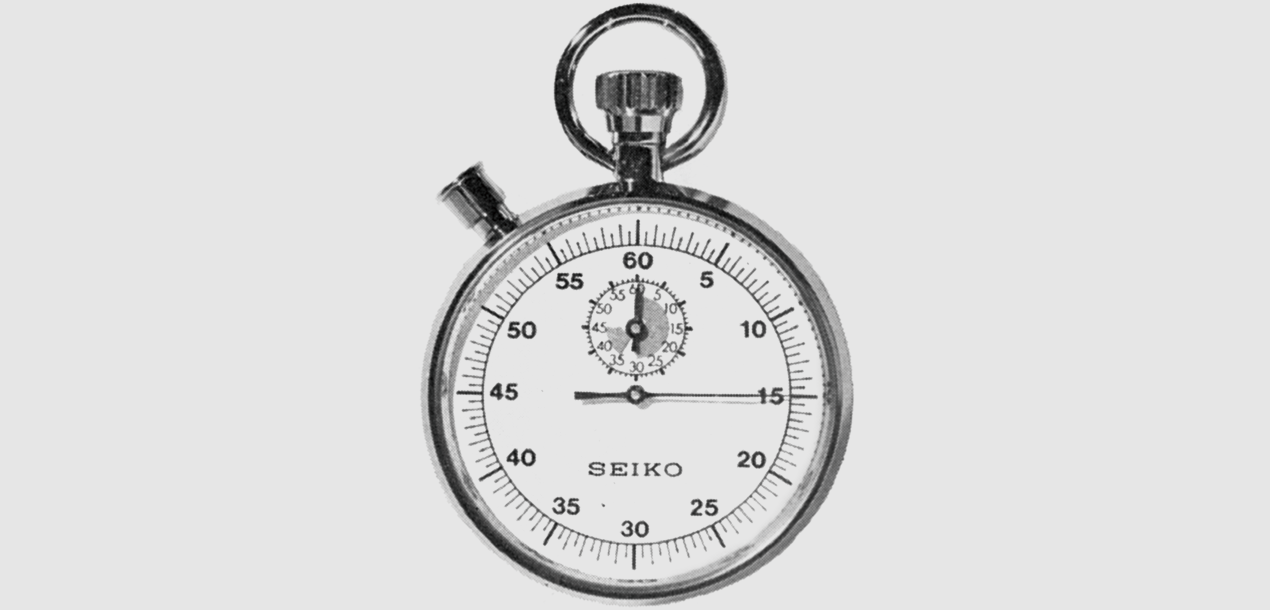
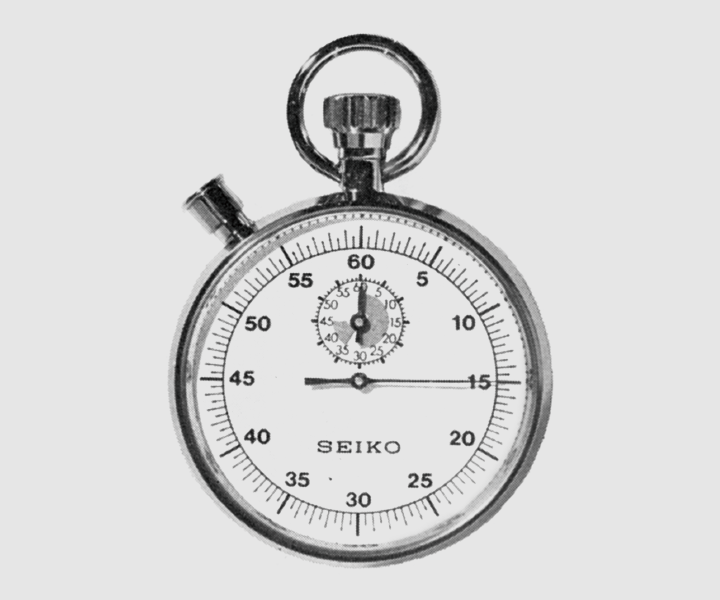
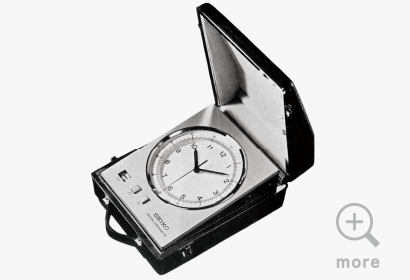
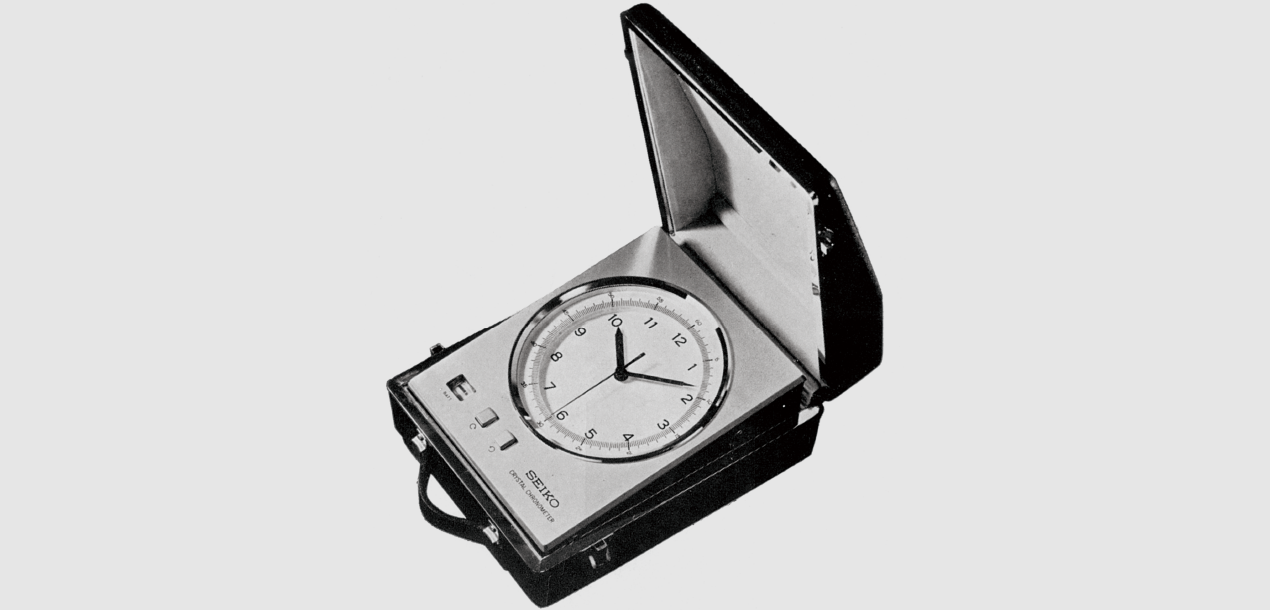
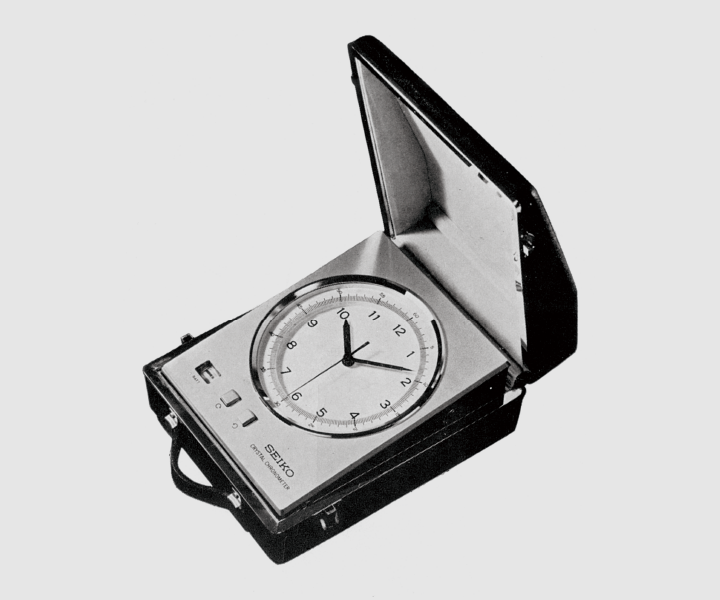
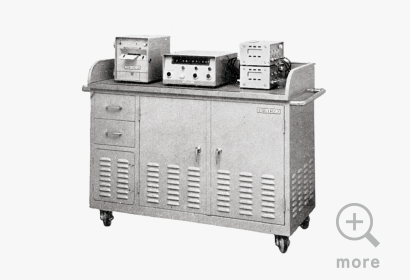
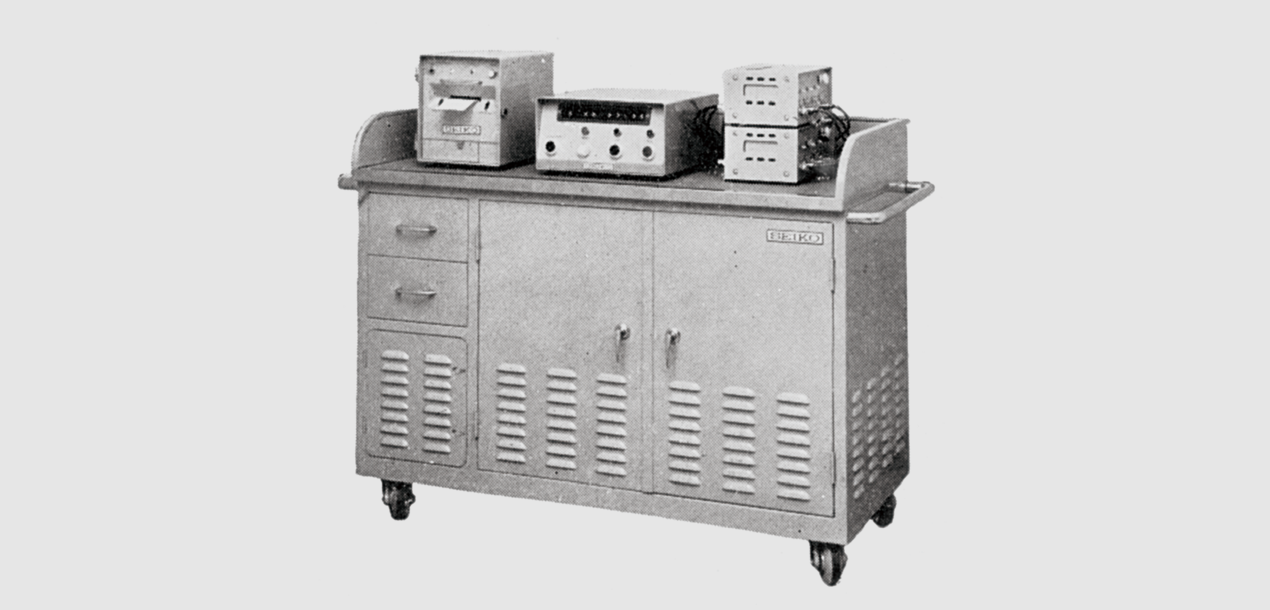
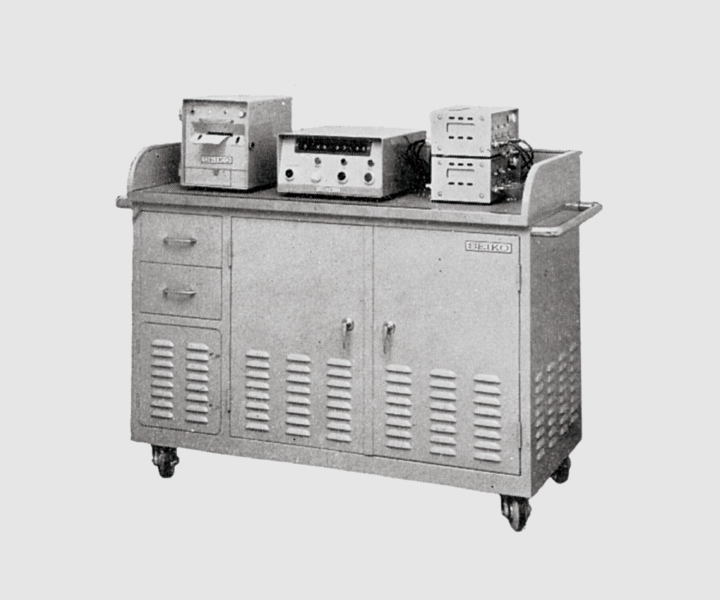
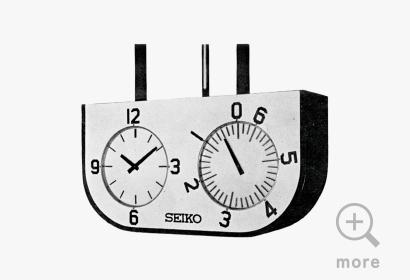
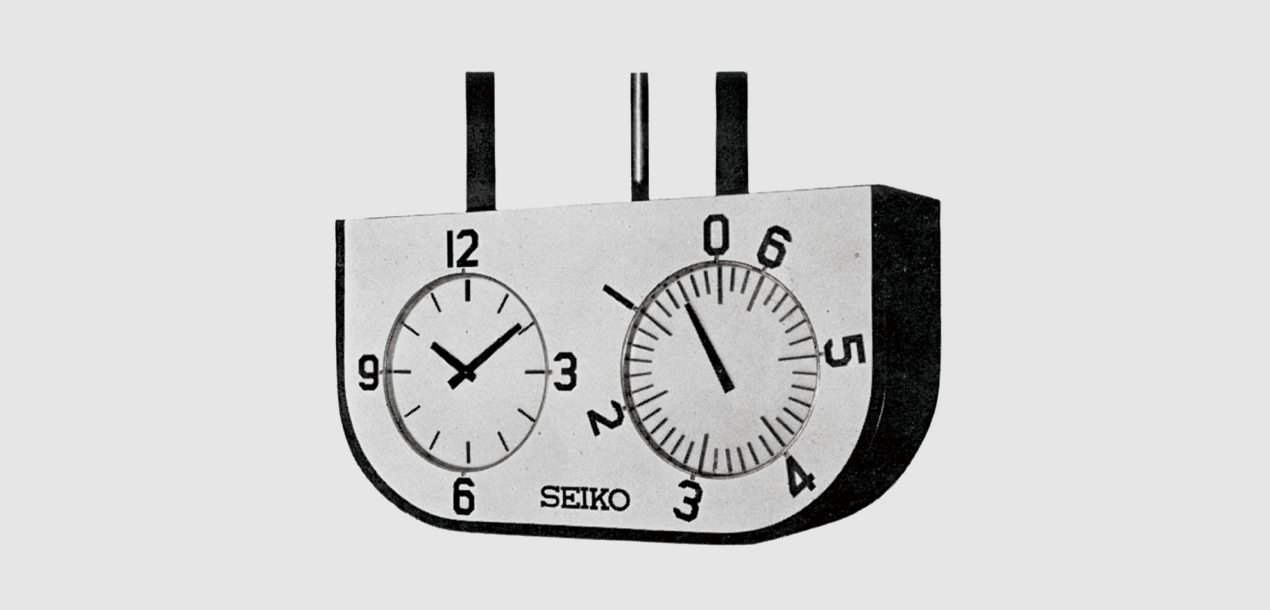
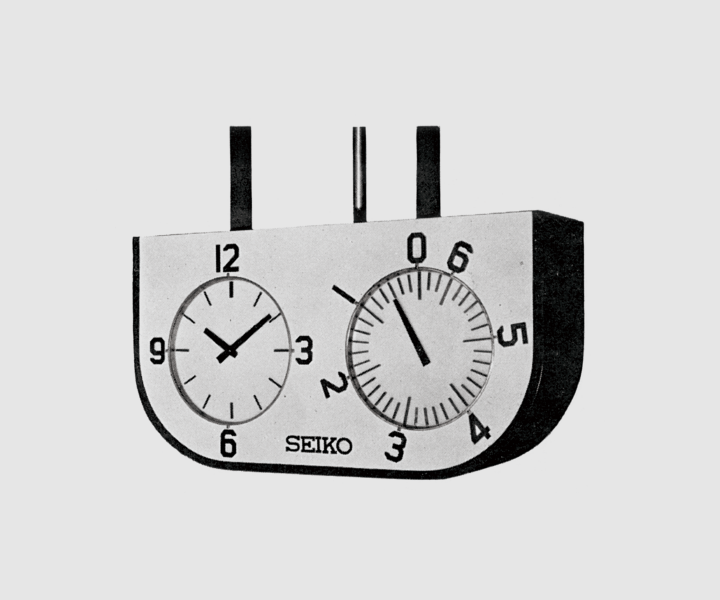
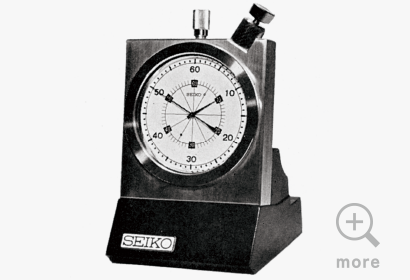
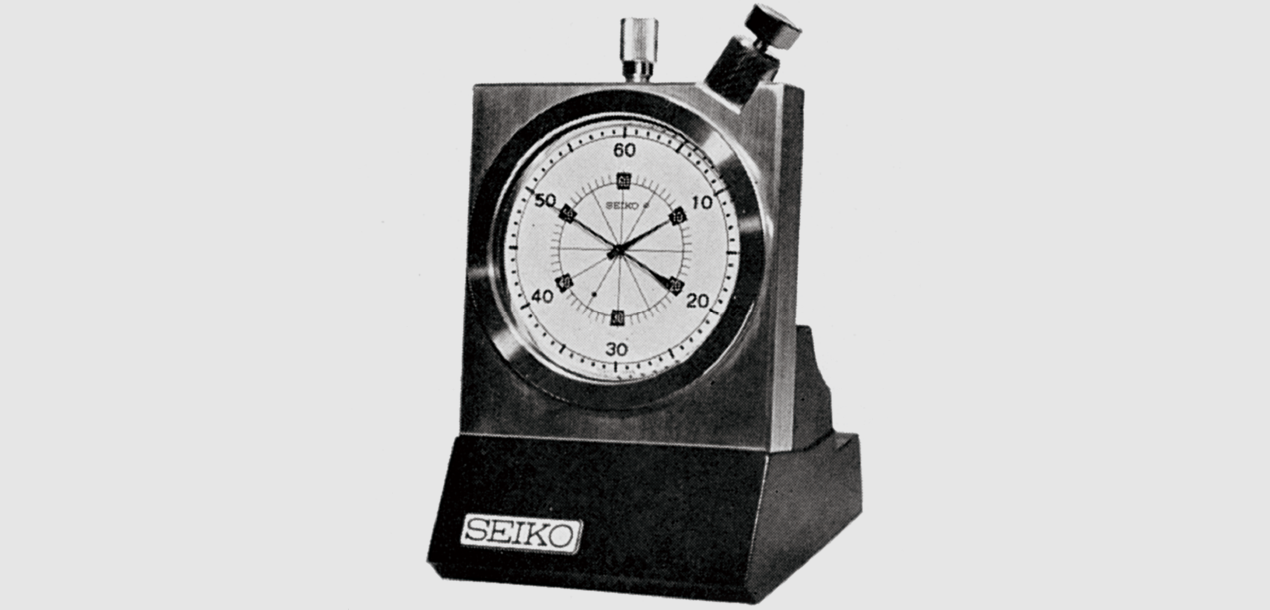
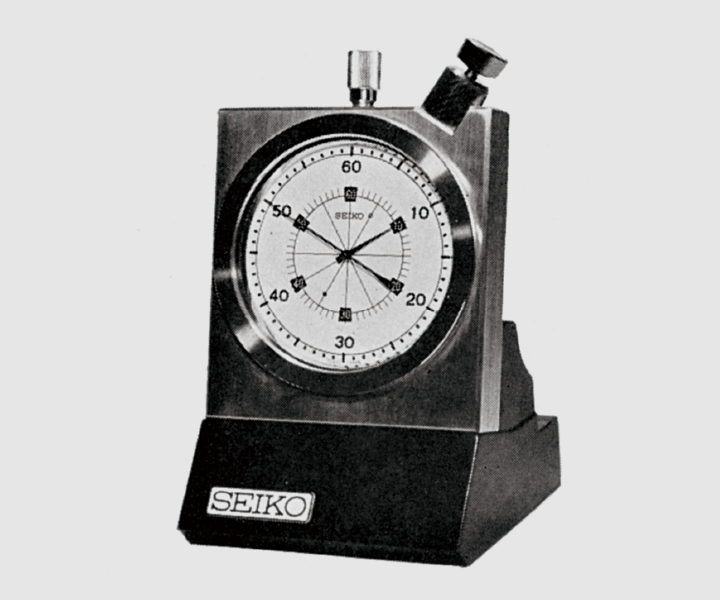
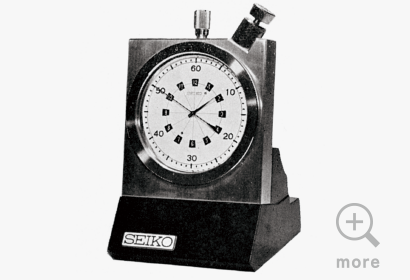
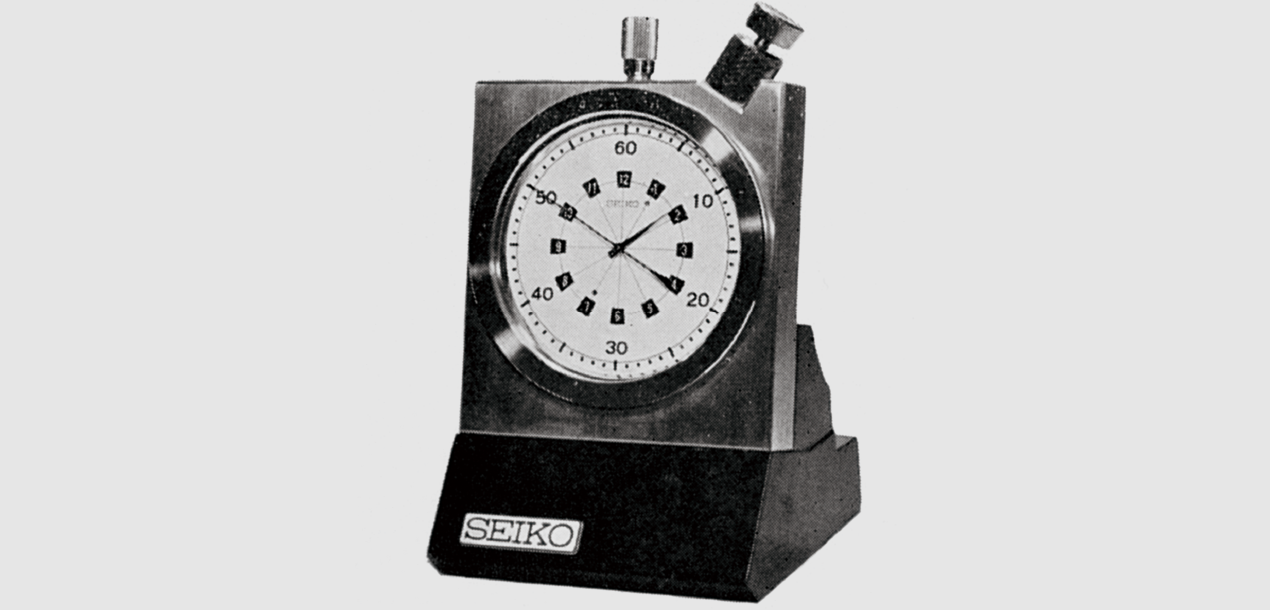
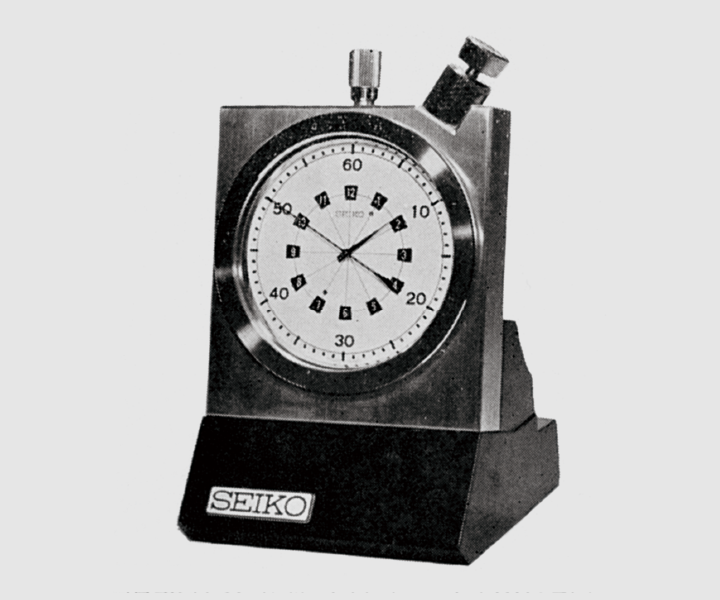
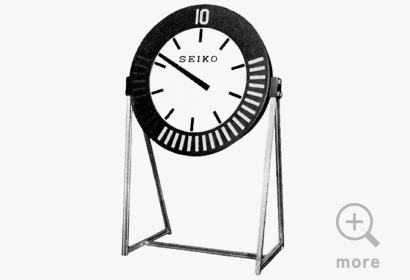
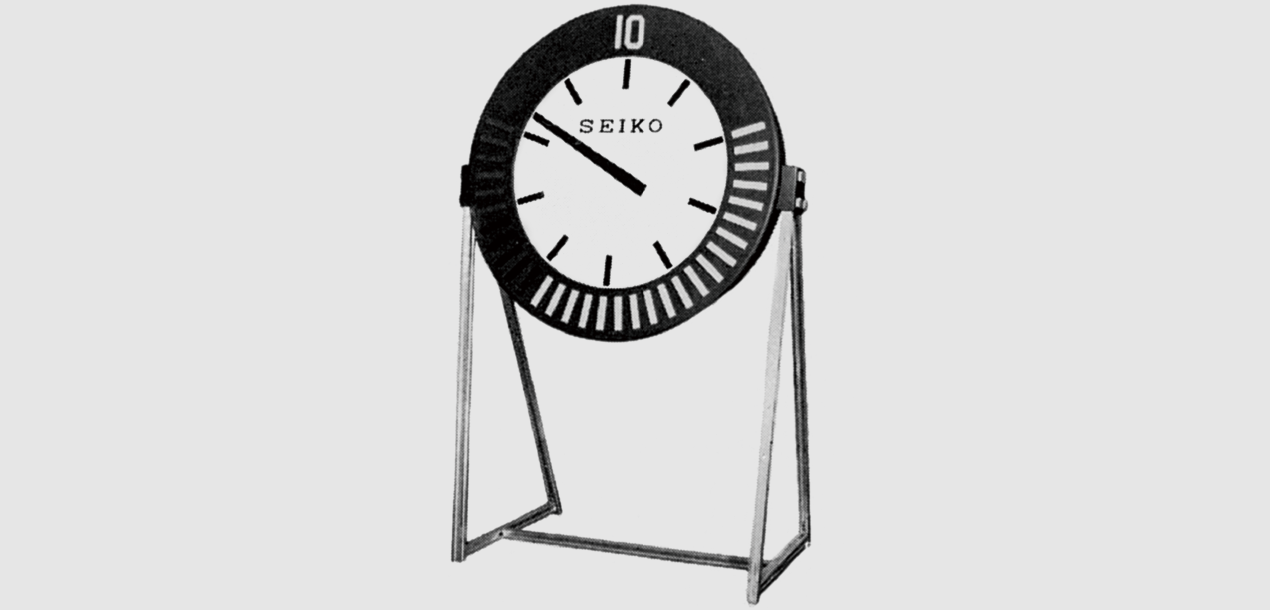
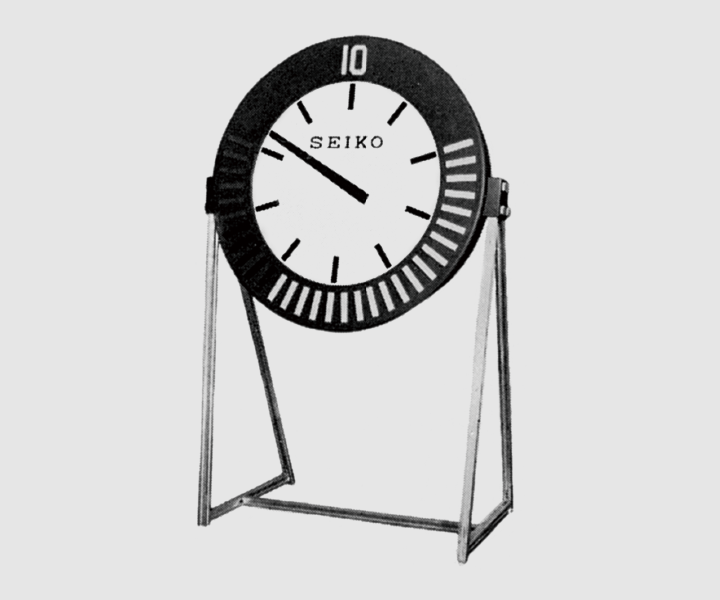
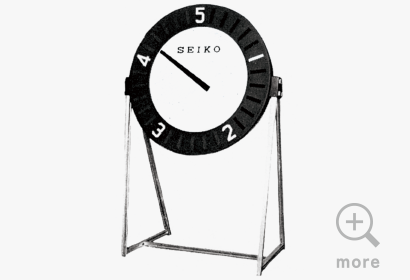
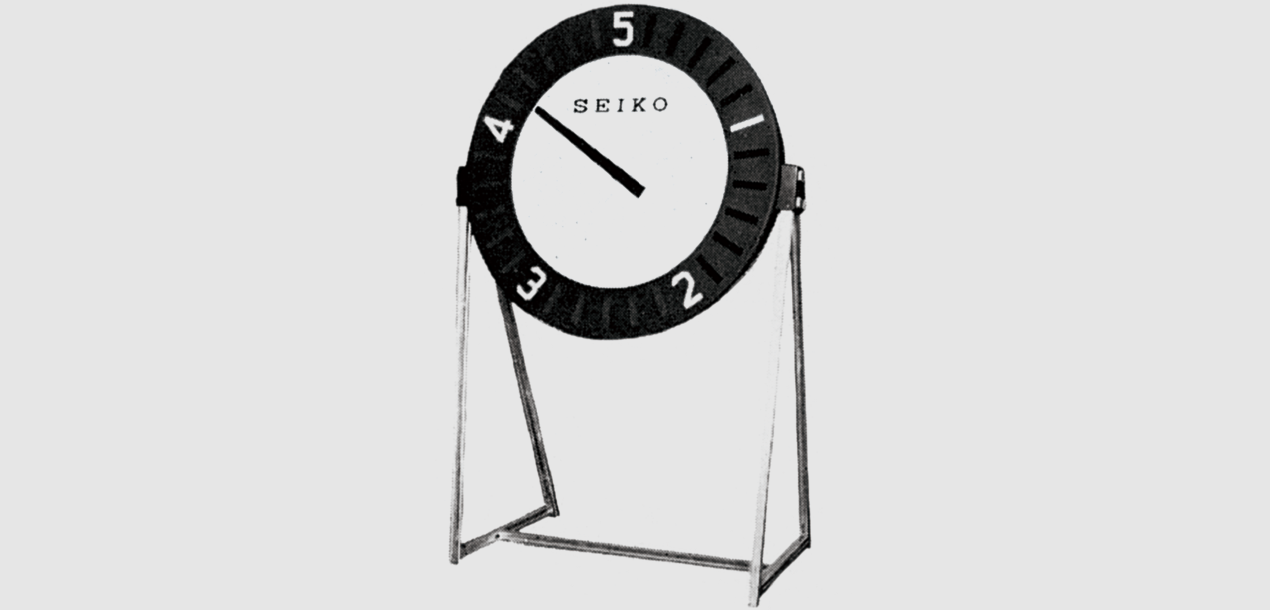
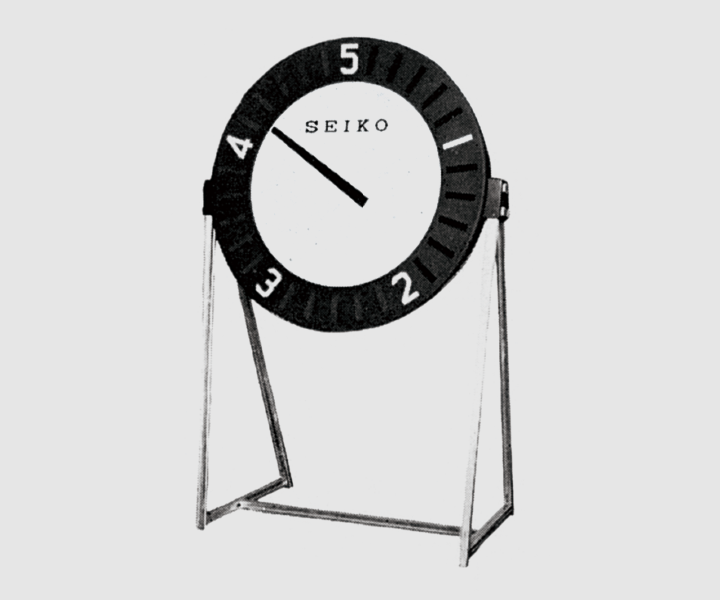
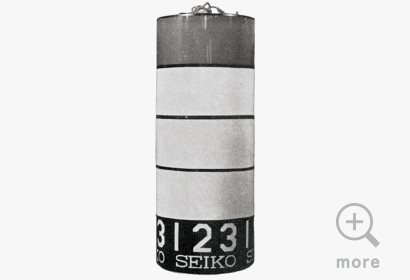
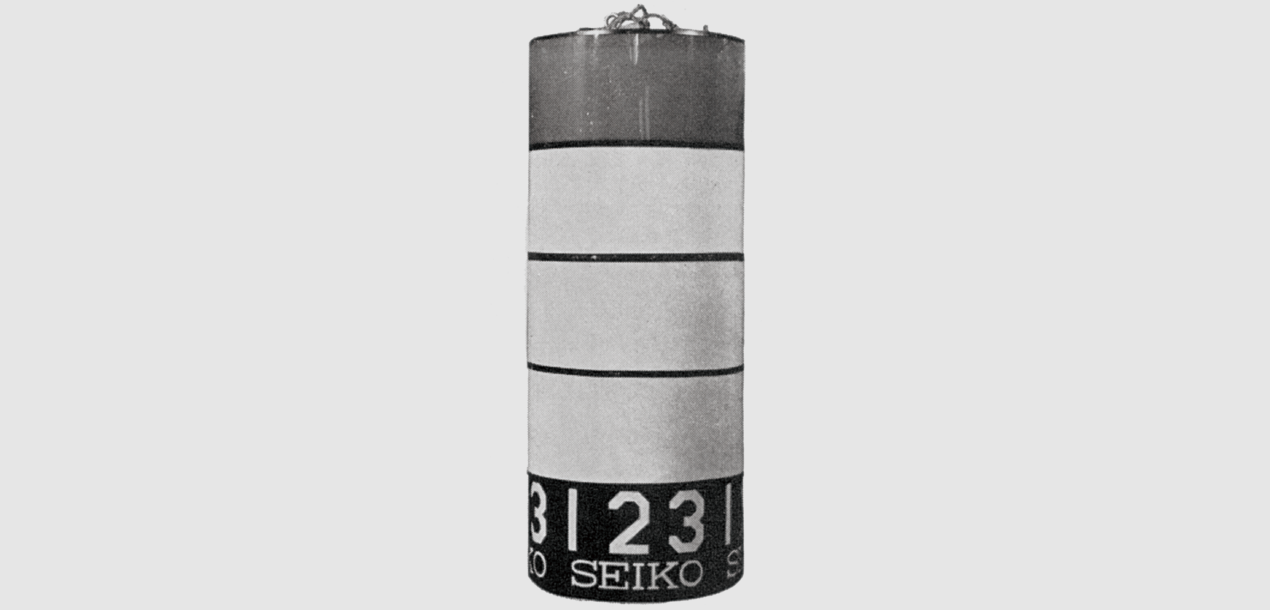
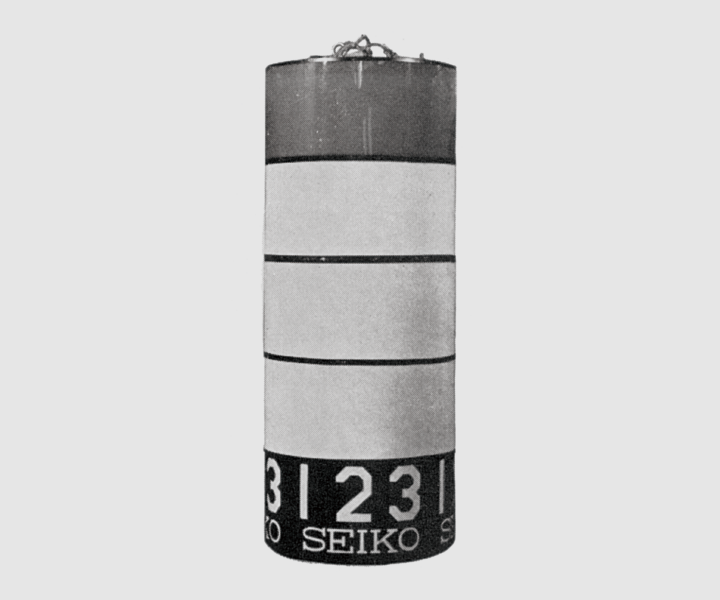
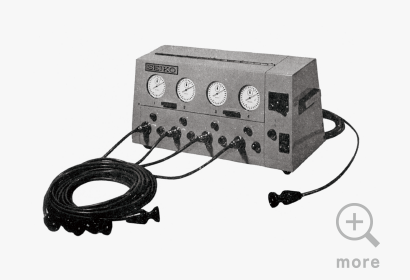
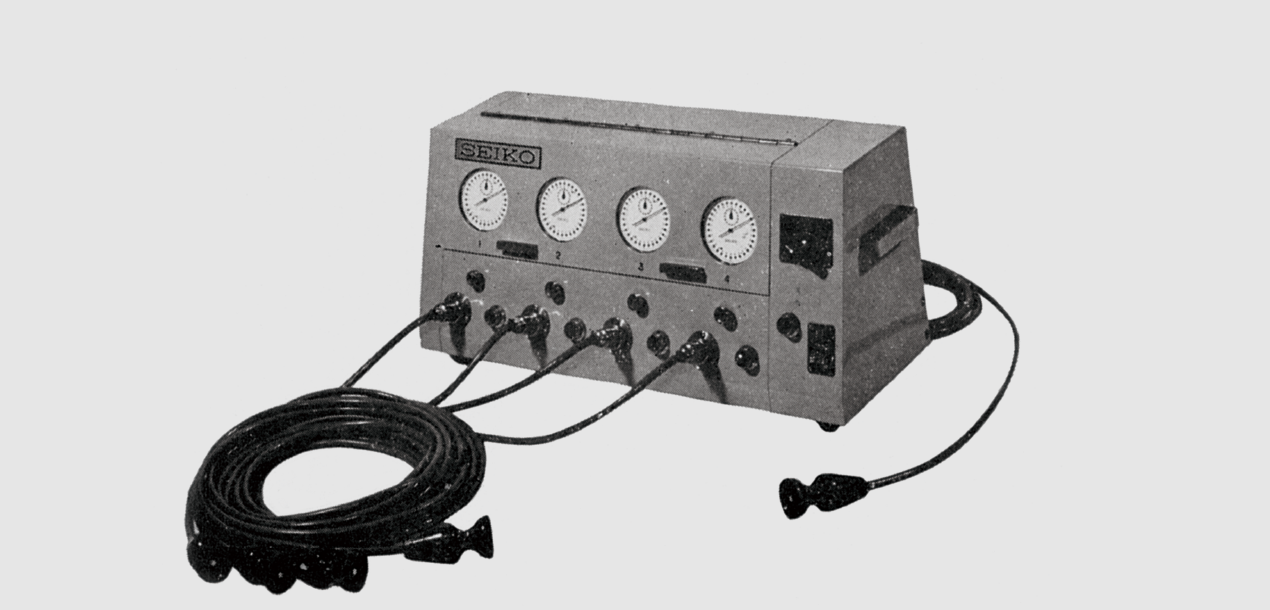
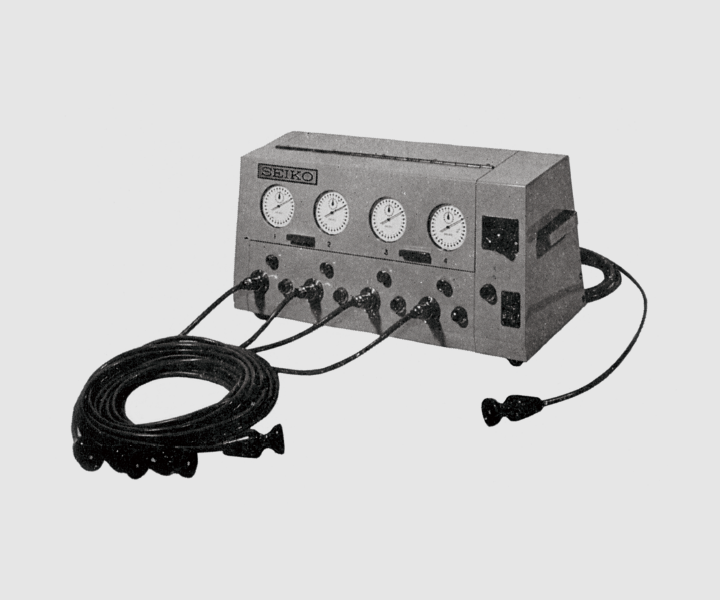
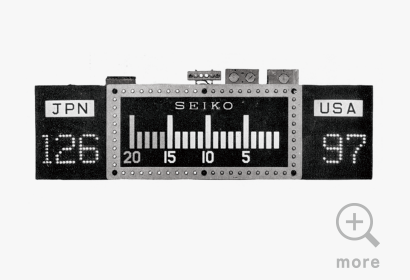
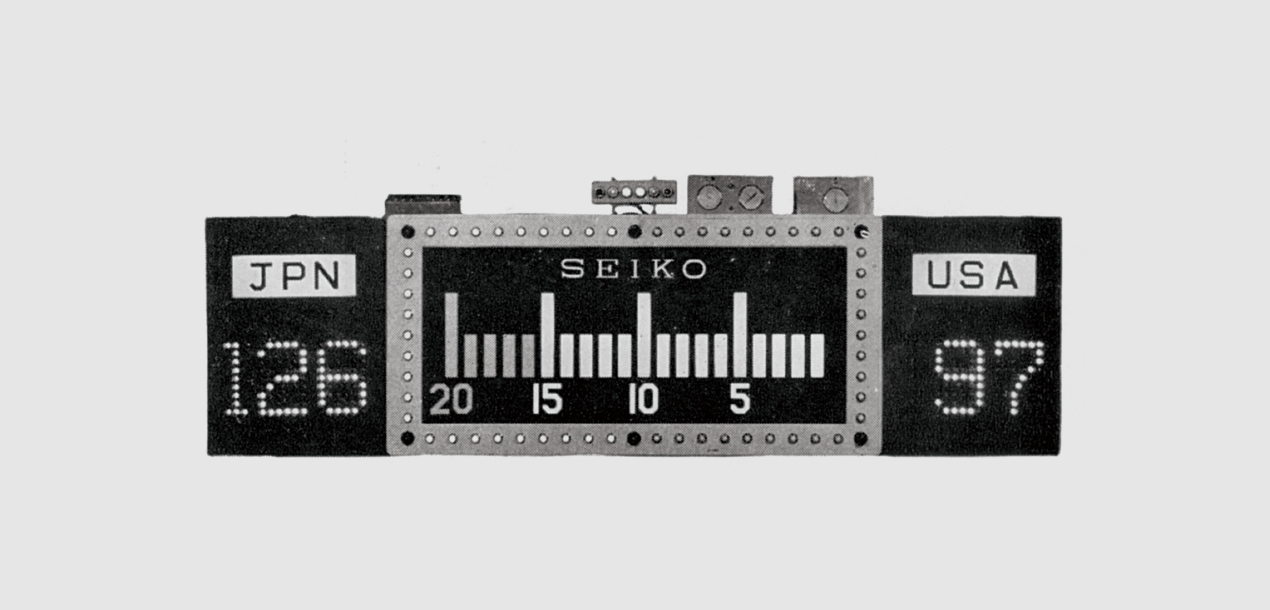
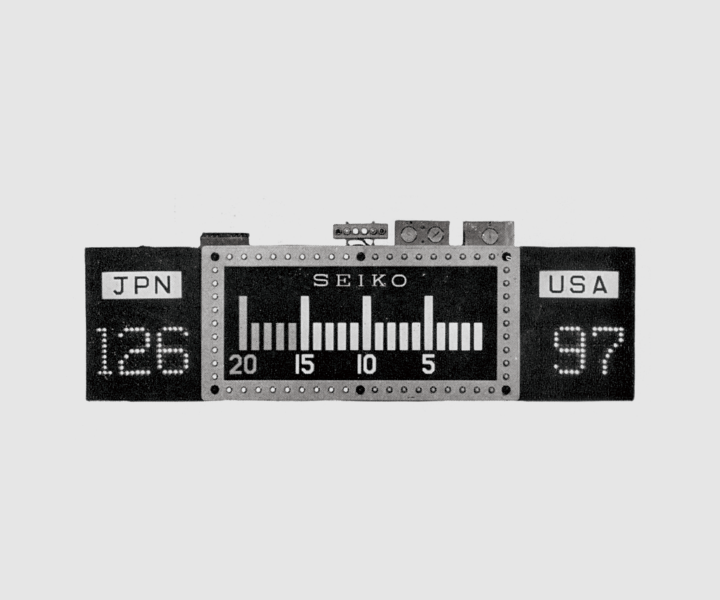
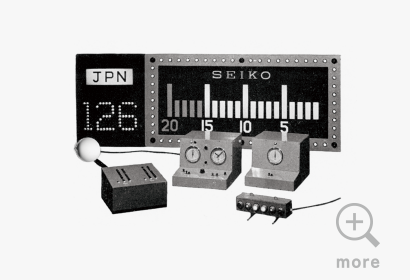
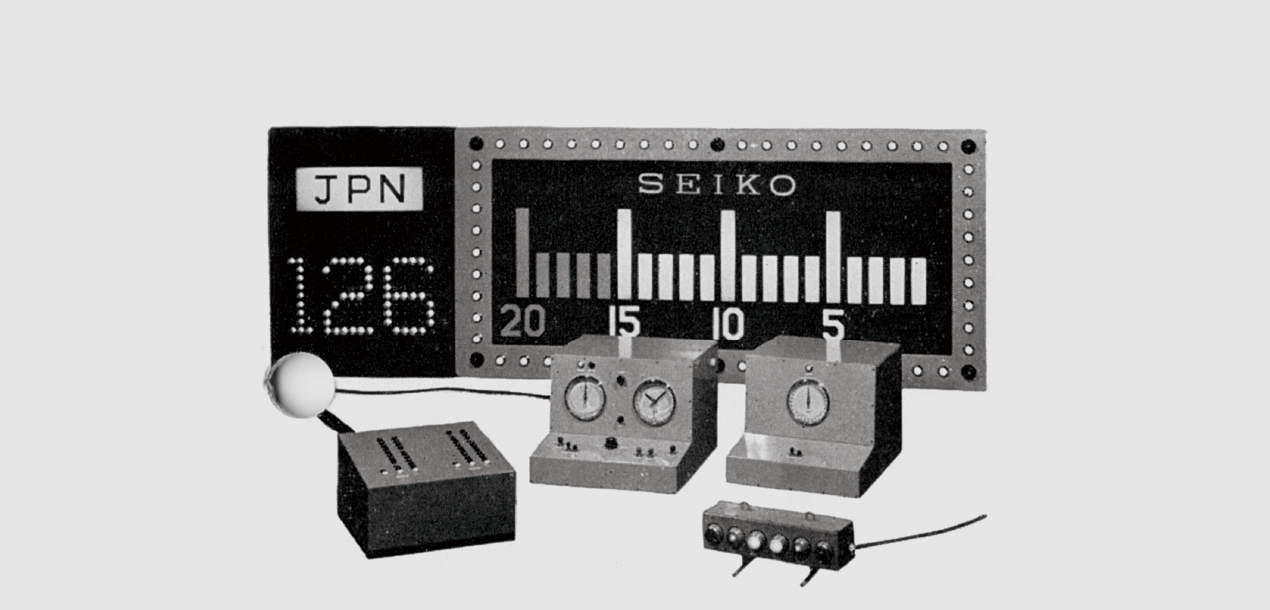
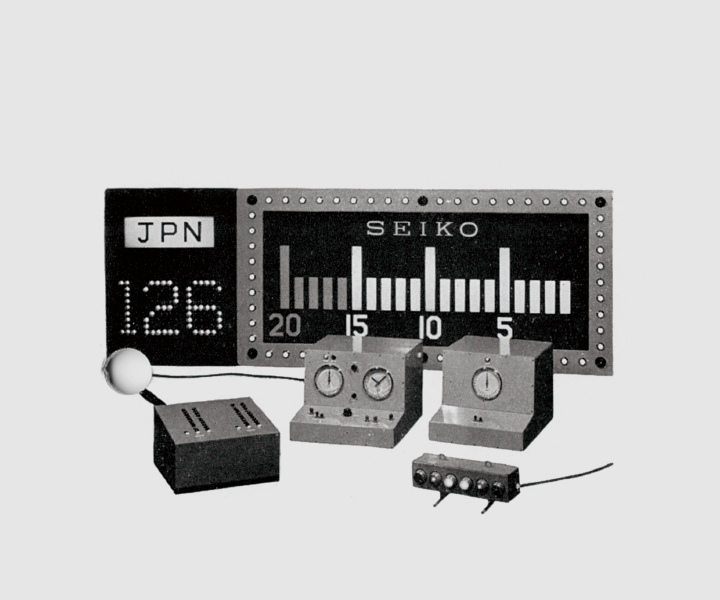
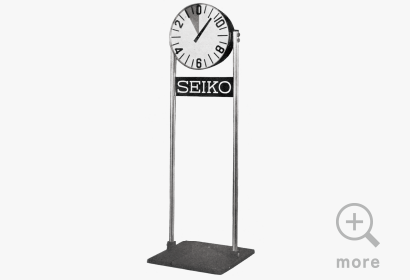
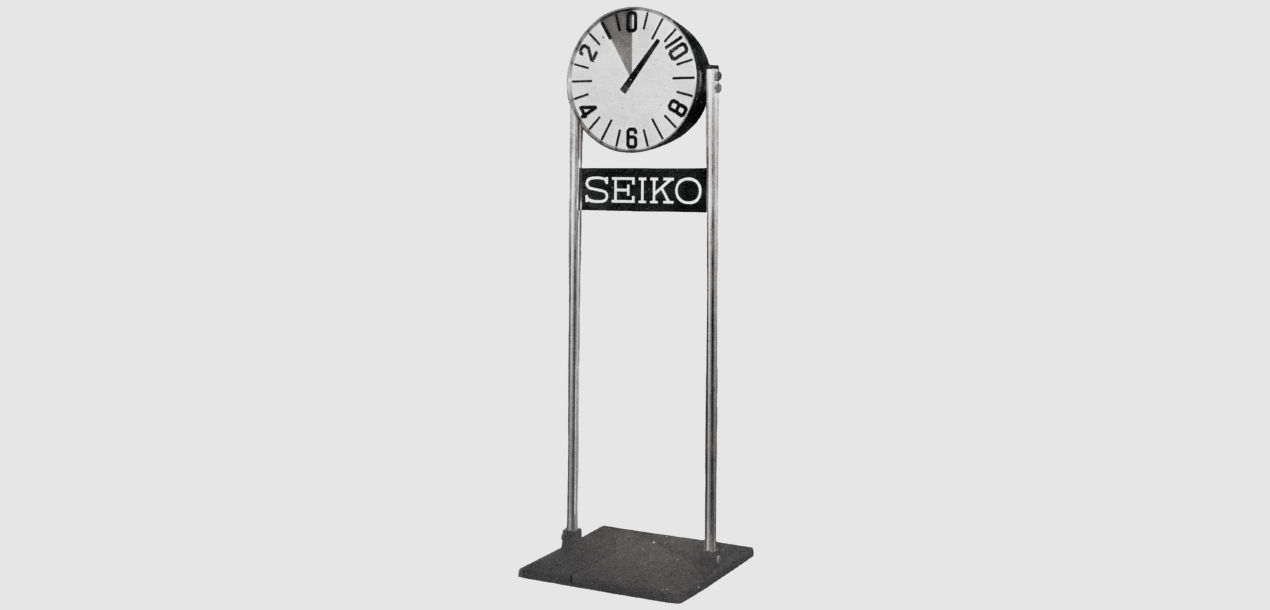
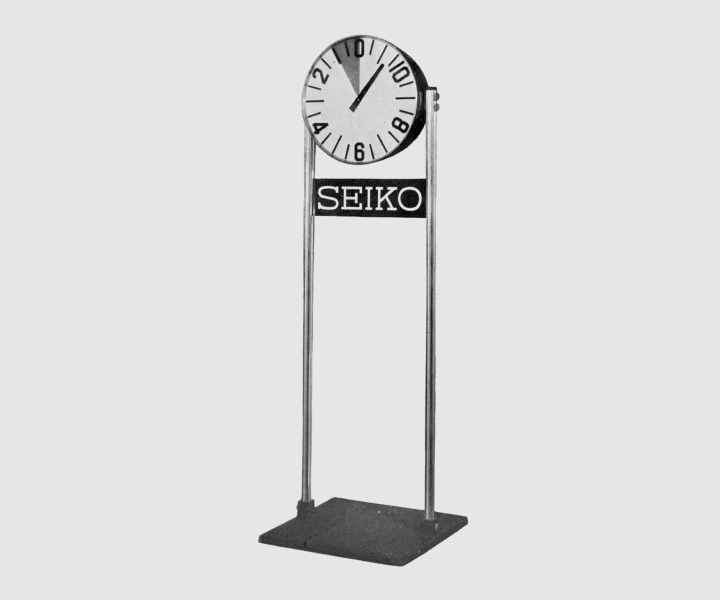
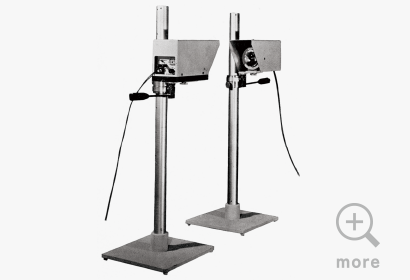
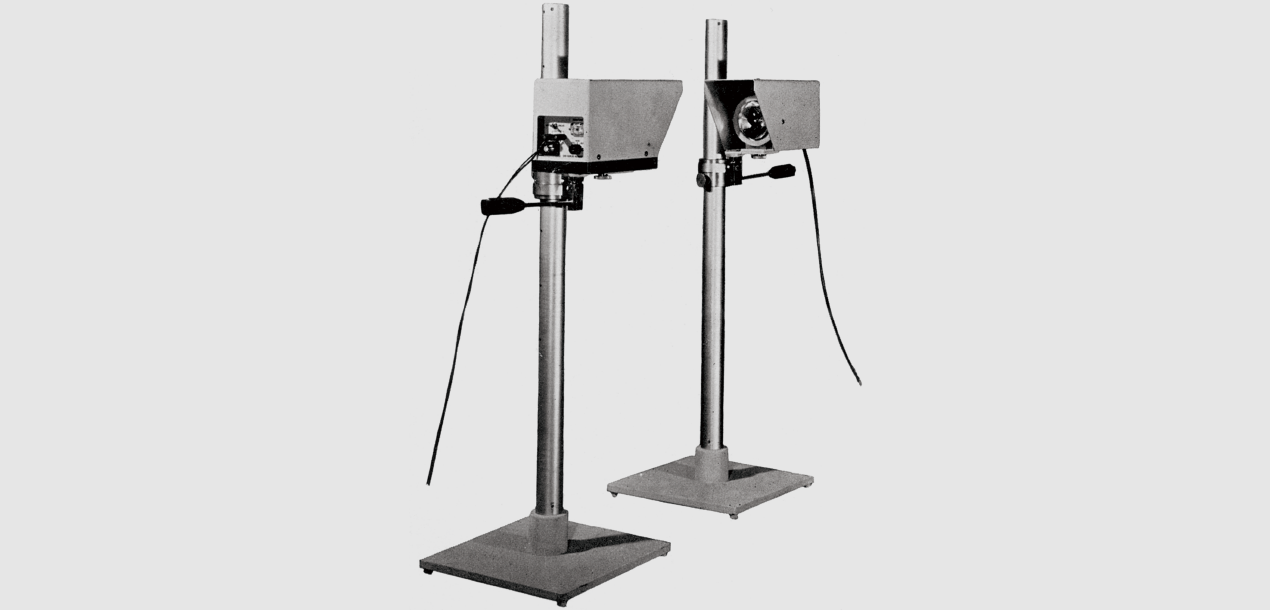

Some of the many devices other than stopwatches developed by Seiko. Since 1964, these devices have continued to play major roles at various world sports competitions while Seiko has enhanced their performance and designs.
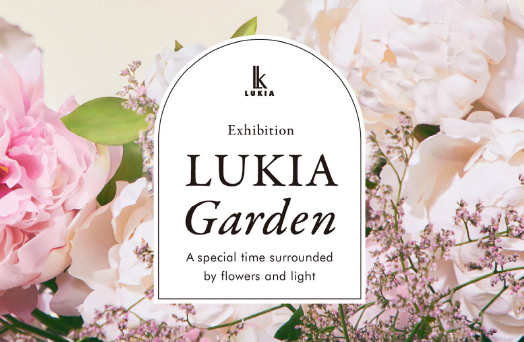
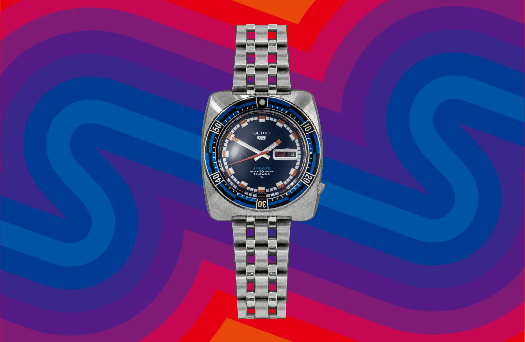
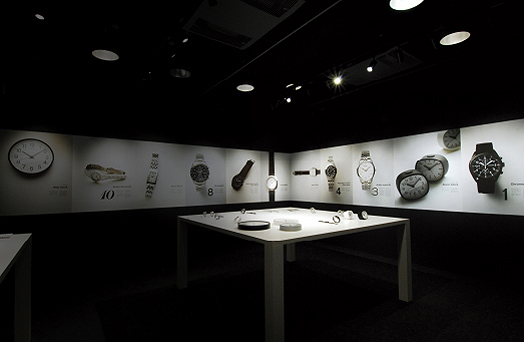
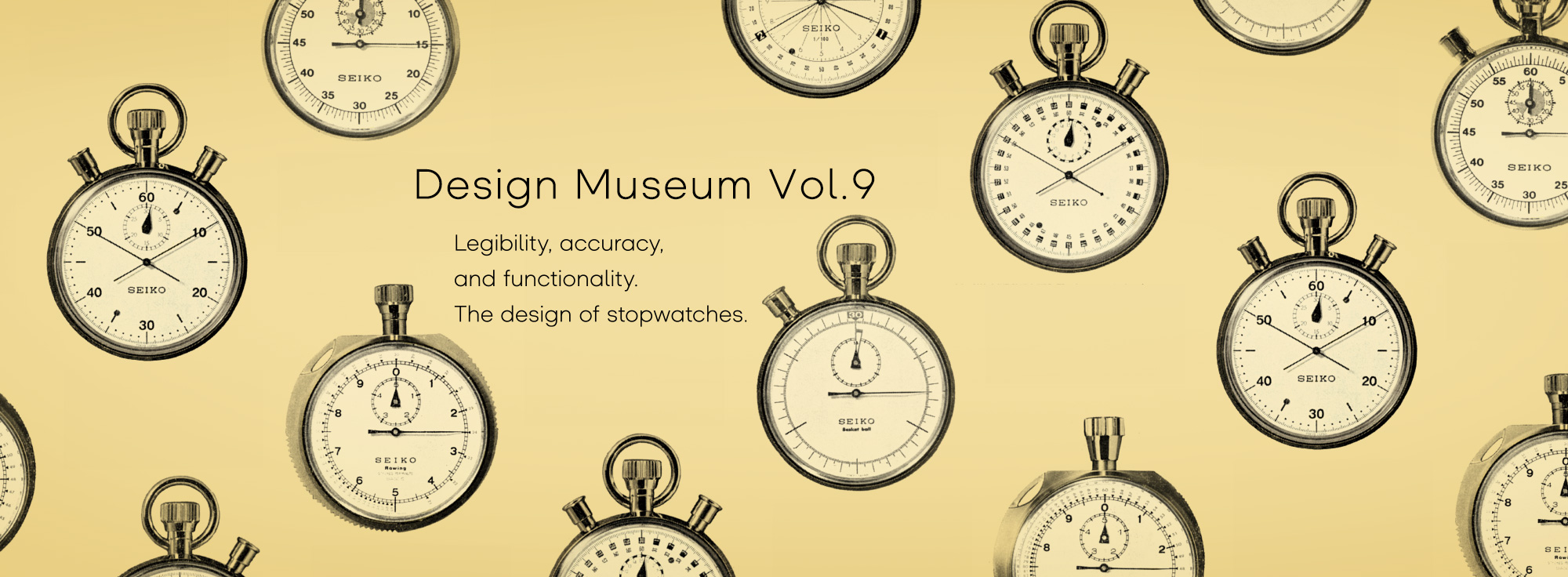


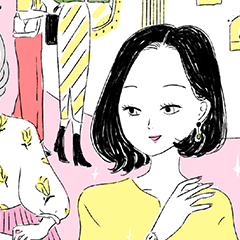
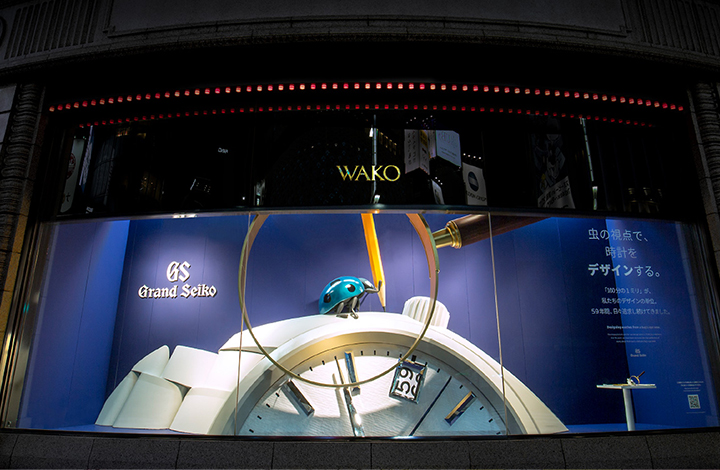
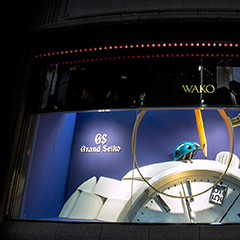
![Vol.19 [Discussion] Where is watch design heading?](https://www.seiko-design.com/wp-content/uploads/2020/01/19-top-newarrival-1.jpg)
